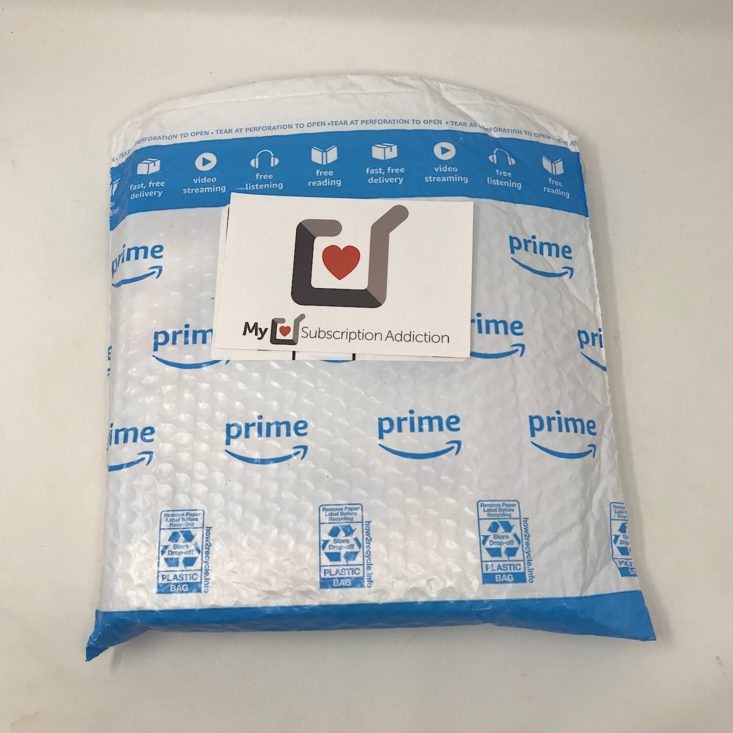
Amazon has launched a STEM Club Toy subscription box! This monthly kid's subscription delivers "handpicked, high-quality Science, Technology, Engineering, and Math toys" to your door for $19.99/month.
This subscription looks like any other shipment from Amazon, with no exterior branding on the box or special insert.

There are 3 age range options:
- 3-4 year-olds (counting, building, and cause and effect)
- 5-7 year-olds (hands-on experiments and explorations of electricity, earth science, and simple math)
- 8-13 year-olds (more complex projects and experiments based on principals of physics, chemistry, and engineering)
This is a review of the 5 to 7-year-old age range Amazon STEM Club for $19.99/month.
My Subscription Addiction paid for this box. (Check out the review process post to learn more about how we review boxes.)

About this Educational Subscription Box for Kids
The Subscription Box: Amazon STEM Toy Club
The Cost: $19.99 per month
The Products: Each month you will receive a different, age-appropriate STEM toy.
Ships to: U.S. (free shipping)
July’s Toy: Science Wiz Magnetism Set
Science Wiz Magnetism Set - Retail Value $34.99 (found here for $30.43)
Our toy this month is a magnetism set recommended for ages 5-10 that includes 26 projects and a STEM workbook. The kit is designed so that you can do the projects in the activity book first and then test your knowledge by using the workbook that accompanies it. They included a range of items for us to use to complete these projects.

There is a free app that goes with this set and there are also extension activities available online to support our learning.
All of our magnets and materials were packaged together in this plastic container. We also received some photo paper and a note about how they could not include the ceramic ring magnet due to safety laws, but if you email them, they will send it to you free of charge. They also noted that the two bar magnets were not quite up to the quality they had hoped and they will send replacements free of charge if requested (I have sent an email requesting these and will update if I hear back!). I understand about the ceramic ring magnet, but for the two bar magnets, I feel like those should have been replaced before sending out these kits if the quality was lacking. Especially since this note indicates that they knew beforehand.
Our project book includes glossy, color pages and begins with a note to parents and even has a nice table of contents for us to reference. In the back of the book, there are some activities like a word find as well as a helpful glossary.
The first few pages cover the basics of magnetism such as the concepts of attraction and repulsion and some of the rules they follow. They also have some activities to explore these ideas which we will get into later on.
The concepts get a little more in-depth the further in the book we go and we even get to experiments that involve making a magnet with electricity using a battery.
Our workbook is designed to be completed only after we have conducted the experiments in the activity book. You are also supposed to go to their website and watch several videos before completing the workbook. It is described as a read-together book and there is also a secret password that your child is trying to decode to unlock their reward as they complete this book. It sounds like they've found a great way to incentivize this learning and make it fun with a clear goal at the end!
The workbook also includes a few extra activities like a maze and it has a quiz at the end of the book that you can use in conjunction with their website. This set seems like it would be great for a homeschooling family!
The rest of the pages throughout the workbook involved a variety of activities from fill in the blank, short answer, labeling, drawing and even reading maps. They included a little insert about our compass and gave us directions on how to reset it if we need to which was tucked into our book with our compass activity.
The Activities:
A Note: Since my kids are 3 and 4, we were not quite ready to complete this as an independent/one-on-one activity like it is intended and we certainly did not get to the workbook portion of the set, yet. We simply went through the activity book and tried a few of the projects to get a feel for the general flow and tone of this set! If you have any questions about anything, please feel free to comment!
First up, we did a fun activity where we got to design the hair for Hairless Harry. We received a bag of iron filings and three bar magnets and we placed the bag of filings over the coordinating page in our book. The black magnet was the best and strongest while we rarely used the two bar magnets since they really were poor quality. Bummer!
This was a fun way to get us started as we began learning about magnets and what they can do! It wasn't as easy to add the hair as I would have liked, but the kids still had some fun with it!
Next, we tested out a few of the materials from our box and some from home to see what would stick to the magnets. From home, they recommended that we get some coins, a balloon, a crayon, and a bottle cap. We sort of made do with what they gave us since there were quite a few materials in the box. They did provide several of these ring magnets which we used to test our items.
First, we tested a few things that didn't stick such as the two rubber bands, popsicle stick and plastic badge that they gave us.
Next, we tested the items that did stick such as the nail, paper clips, and the small brad. I also provided some coins from home for us to test. These photos also include a piece of foil, two pieces of sandpaper, and some copper wire. We also discussed the second part of magnet testing which asked us whether all metals stick to magnets and we found out that they do not.

This led to a quick lesson on iron and we tested a few more items around the house like the refrigerator, cans, and some spoons. They also provided some safety rules about magnets which I thought was helpful.
Next, it was time to go fishing! They provided these fish for us to color and cut out and also a piece of string for us to use. They recommended using a pencil for our rod, but they had included this paper straw which worked fine for us! I tied one end of the string to a ring magnet and the other to the end of our straw to form our pole.
The kids colored their fish and then I cut them out and added a paper clip to each fish and placed them in a bowl.
The kids had a lot of fun with this one, of course!
Next, we learned about repulsion. We discovered that matching colors on our ring magnets would repel each other. We stacked some ring magnets on our straw and watched some magic happen as the magnets repelled one another and seemed to float in the air around our straw. This was a simple and effective lesson!
After talking about poles, we then created our own swimming duck. They provided a rubber duck and while they mentioned we could simply slide the paperclip into the slot on the bottom of the duck, I could not locate one so I just stuck the end of the paperclip through. It worked well enough for our purposes. Then I put the duck with paperclip into our bowl and held the black magnet underneath to make it "swim."
This was another fun "magic trick" that the kids enjoyed. They also recommended testing out the magic magnet underneath a paperclip with other materials including a piece of paper, a table, a cup, and a cup with water to see which materials the magnet's force was strong enough to go through.
After this, we tested the strength of our magnets. We tried all of our magnets to see which could pick up the most paperclips and then the most spoons! My daughter was amazed as you can see. Clearly, the black magnet was the winner, and this was probably the first time the quality of those red and white bar magnets affected our activity since we didn't have as many useful magnets to test out.
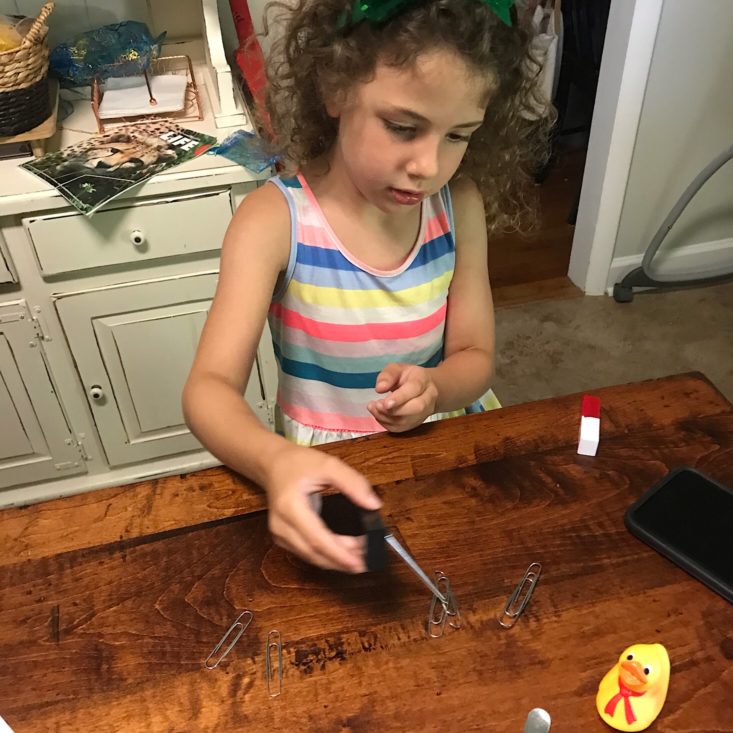
Next, we learned how to make a temporary magnet. We first tried picking up a paperclip with the nail and when it failed we added the nail to the bar magnet and then our nail acted as a temporary magnet to pick up our paperclips. We also tested out how many paperclips our nail could hold and I thought this was another effective hands-on lesson!
At this point, we were just over halfway through our activity book. The last real activity we did was to test out our compass. We placed our magnets next to the compass with different sides up and noted which color needle would point to it. This was really fun when we could do it quickly and watch the needle spin toward our magnet.

We did check out the lines of force using our iron filings and magnet, but then we stopped here and did not try breaking any magnets. I wasn't quite prepared for this one at the time! The rest of the pages explored compasses more and included some recaps of what we had learned so far. There are a few pages on making an electromagnet, information on sorting recycled metals, and a list of special metals which reinforced what we learned in our first few activities. So really, we got through most of the activities, but we definitely didn't explore them as in-depth as we could have! That being said, I think the kids still learned a lot and had some fun with everything we did complete!
Verdict: This month's Amazon’s STEM Toy Club did not feel quite like a toy this month, but instead felt more like teaching materials and resources. It wasn't quite as exciting to see an activity book, a workbook, and some inexpensive items for us to use, but after completing a lot of activities, I was impressed with how they made exploring magnets into a fun and interactive lesson. My kids enjoyed the activities and an older child would be able to complete this independently and probably enjoy going through the books by themselves. There was a lot of good information and since we haven't even gotten into the online portion of this yet, I am certain this is a pretty comprehensive learning experience! This "toy" retails for $34.99 and we only paid $19.99 for this subscription so the value is definitely there. Especially since this reads more like a homeschool curriculum which can be quite pricey.
To Wrap Up:
Can you still get this box if you sign up today? Based on feedback from other subscribers, we've learned that you might receive any of the toys featured in previous reviews as your first box for this subscription– not all subscribers receive the same toy each month.
Value Breakdown: The cost of the subscription was $19.99 and we received a toy valued at $34.99. That’s a savings of $15.00 on this toy.
If you like this box, you might also like: Tinker Crate (ages 9+), Groovy Lab in a Box (ages 8+), or Bitsbox (ages 6-12)
Check out all of our Amazon STEM Toy Club reviews, our best boxes for kids, more educational and STEM subscriptions for kids, and all Amazon subscription boxes in our subscription box directory!
Keep Track of Your Subscriptions: Add this box to your subscription list or wishlist!
What do you think of this month's toy from the Amazon STEM Club Toy subscription box?


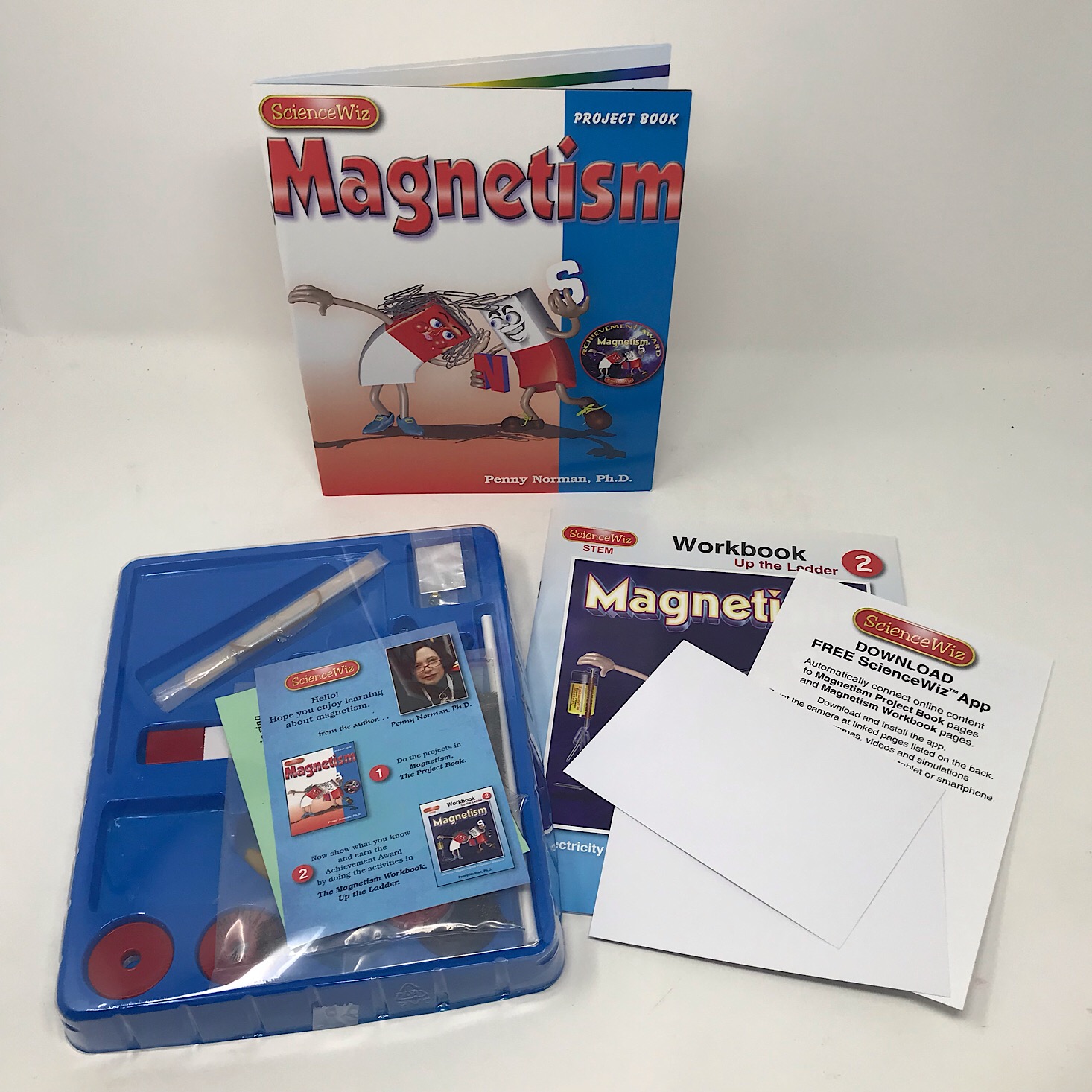

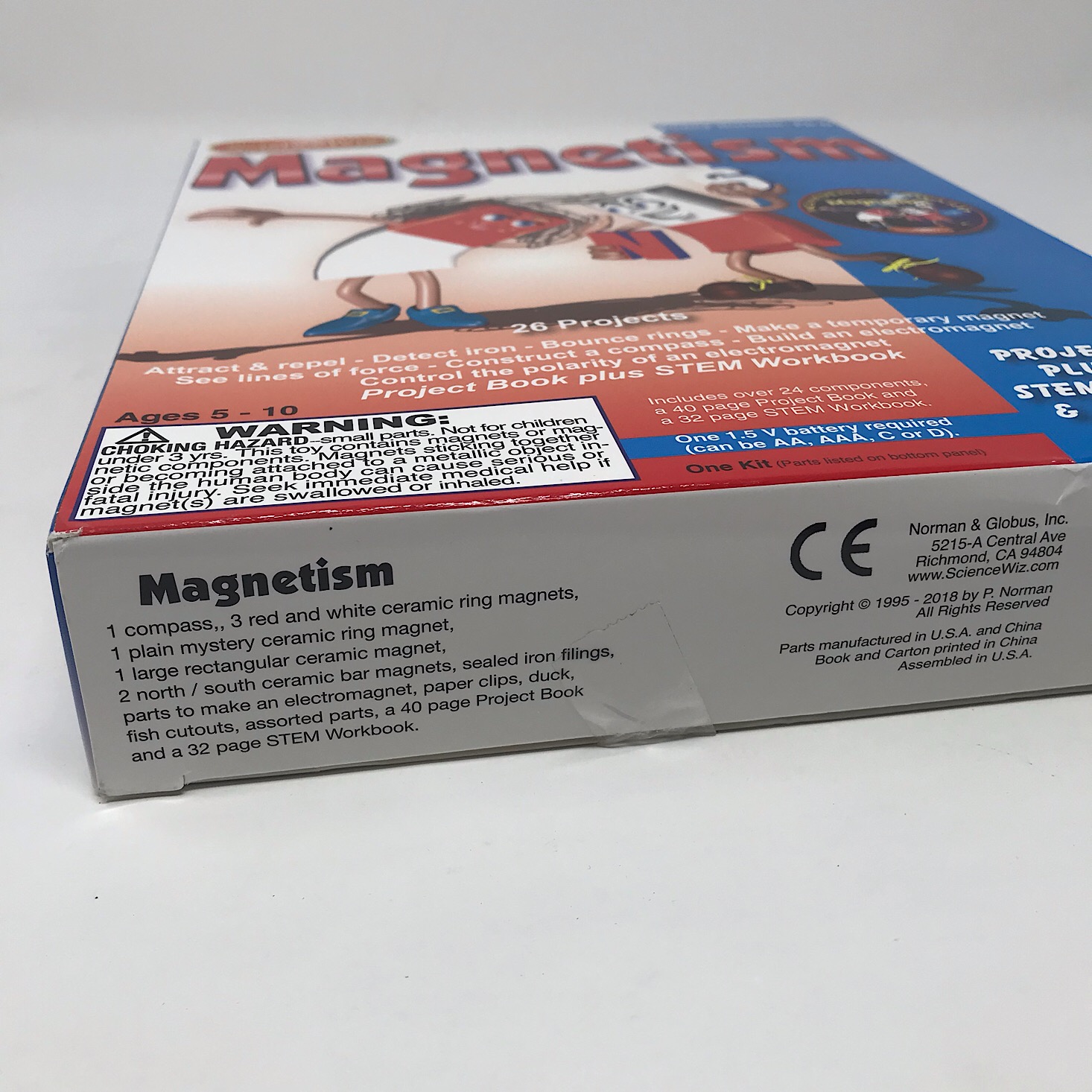

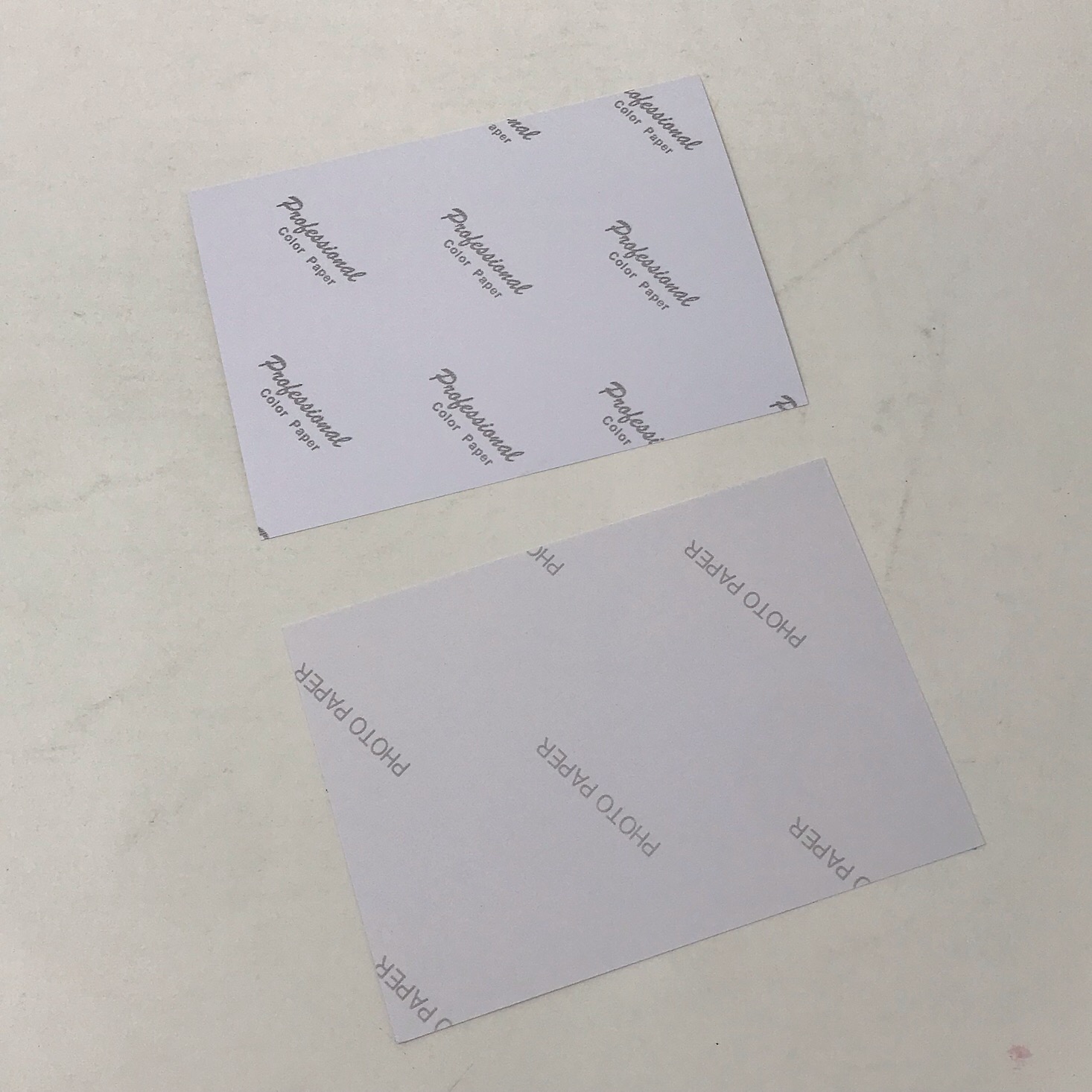
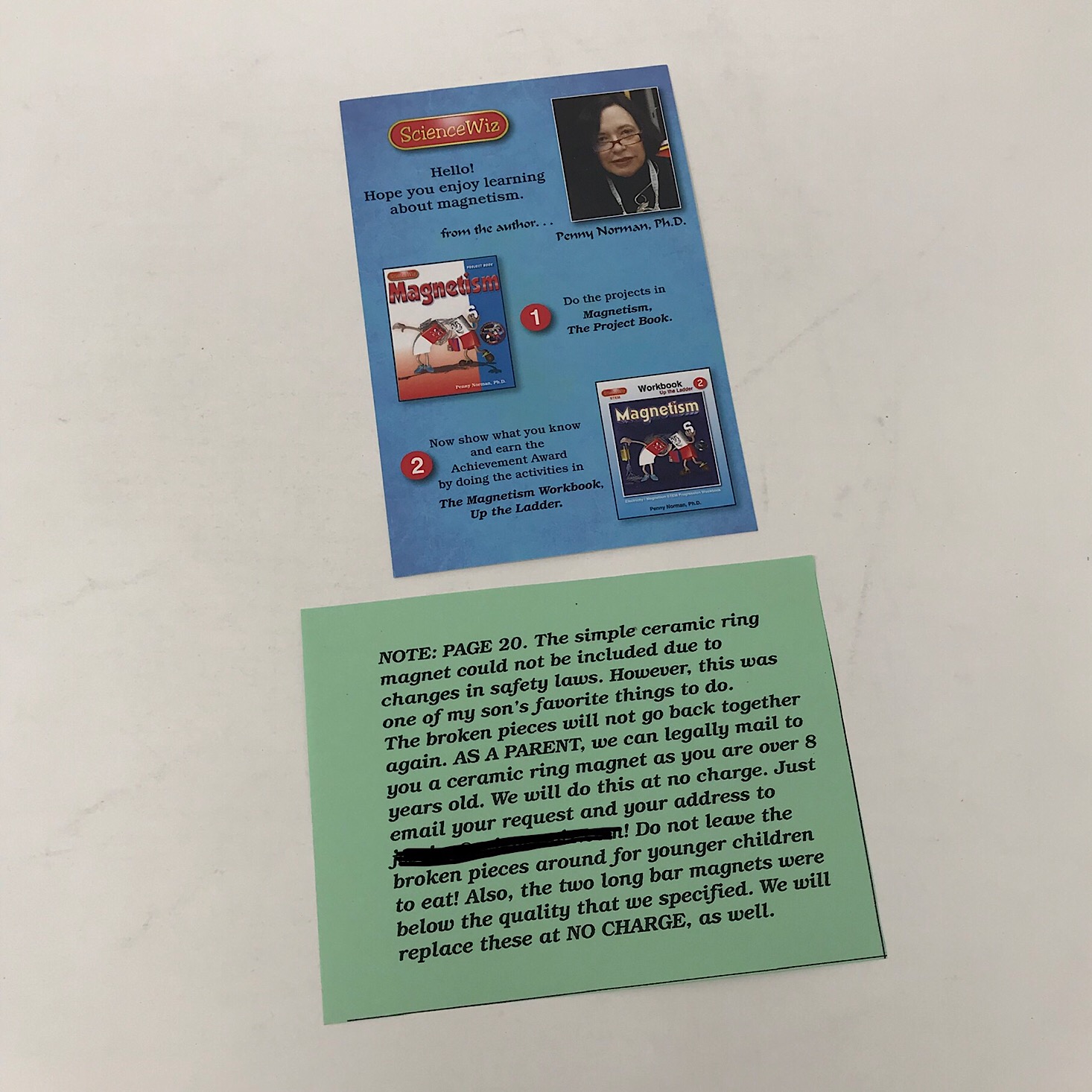



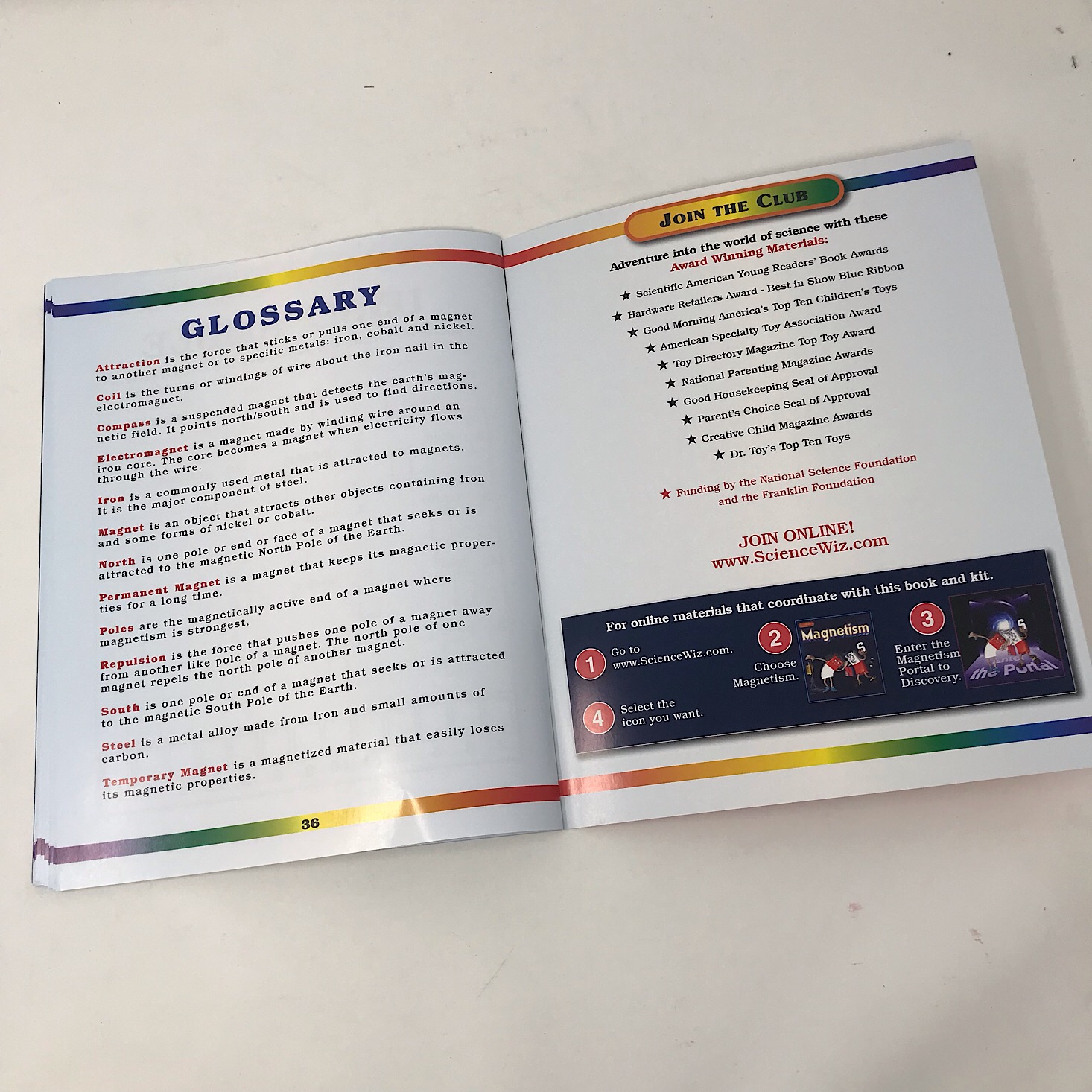
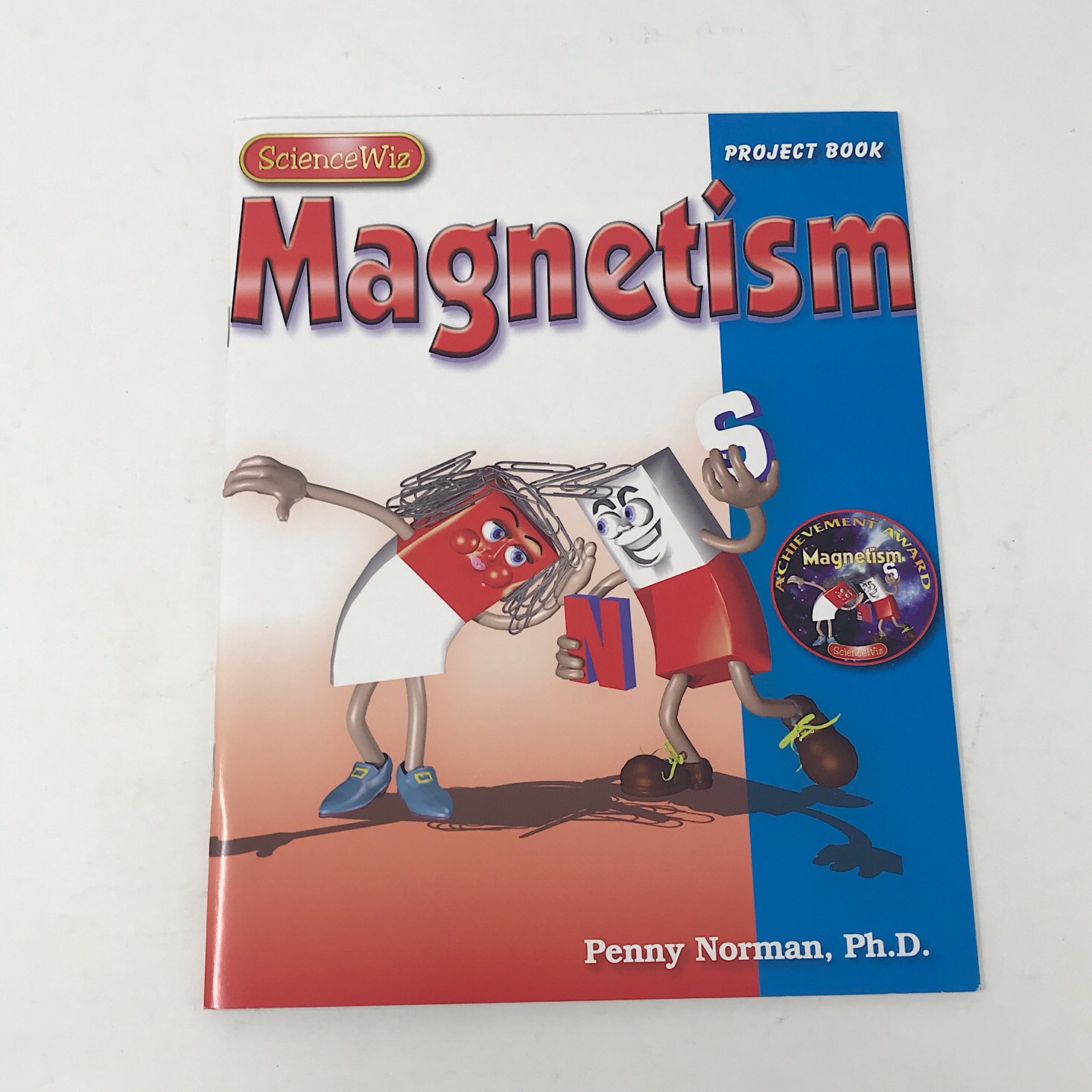
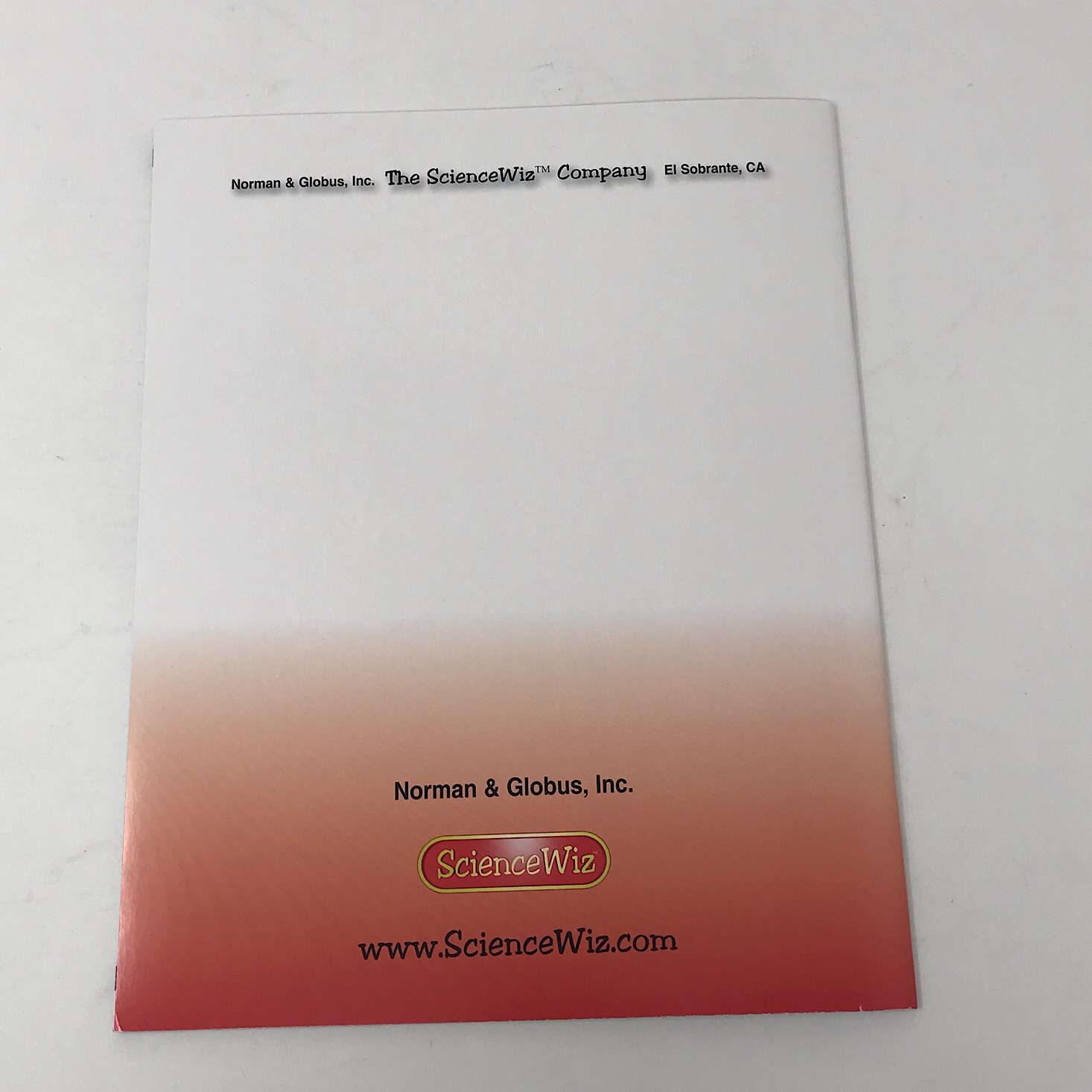
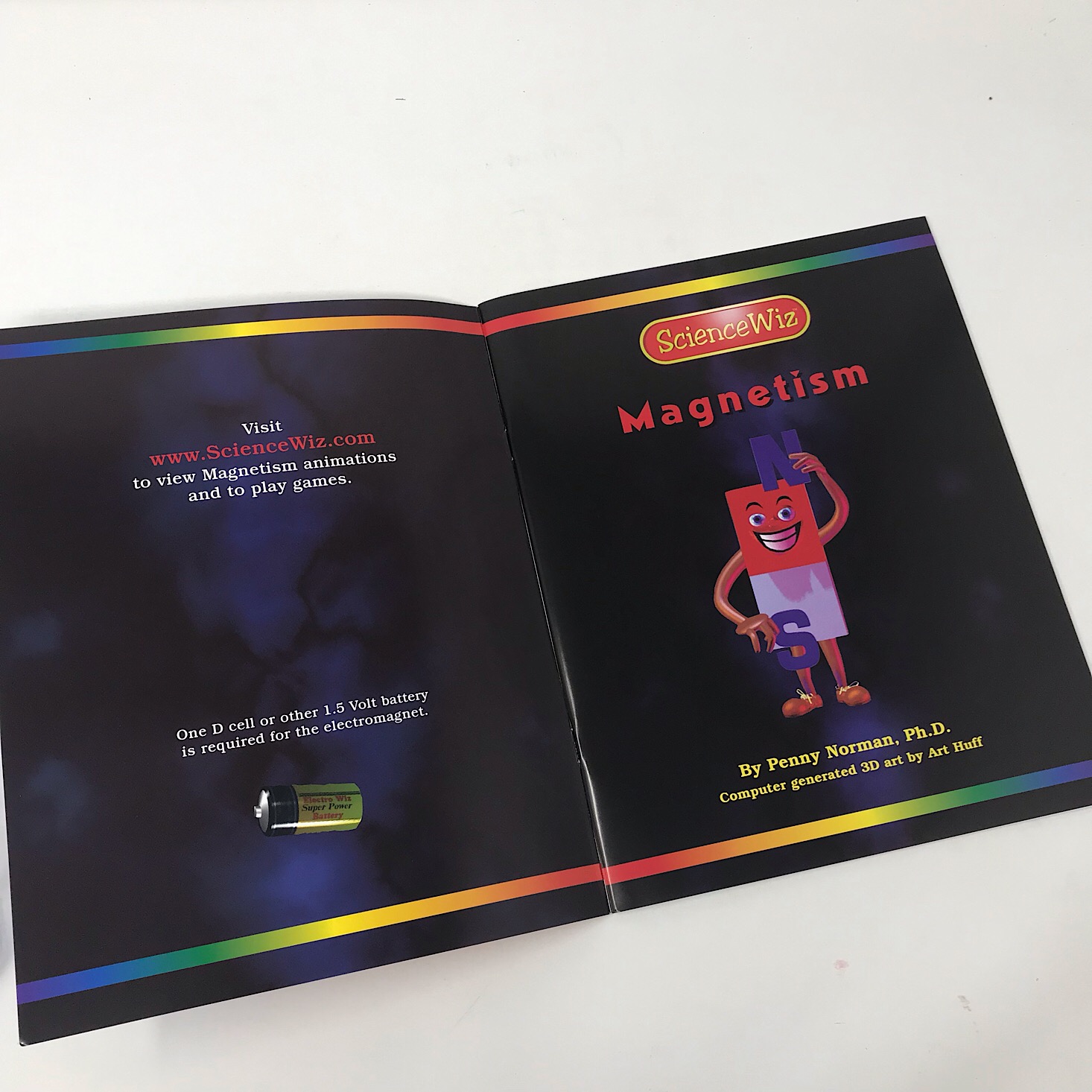


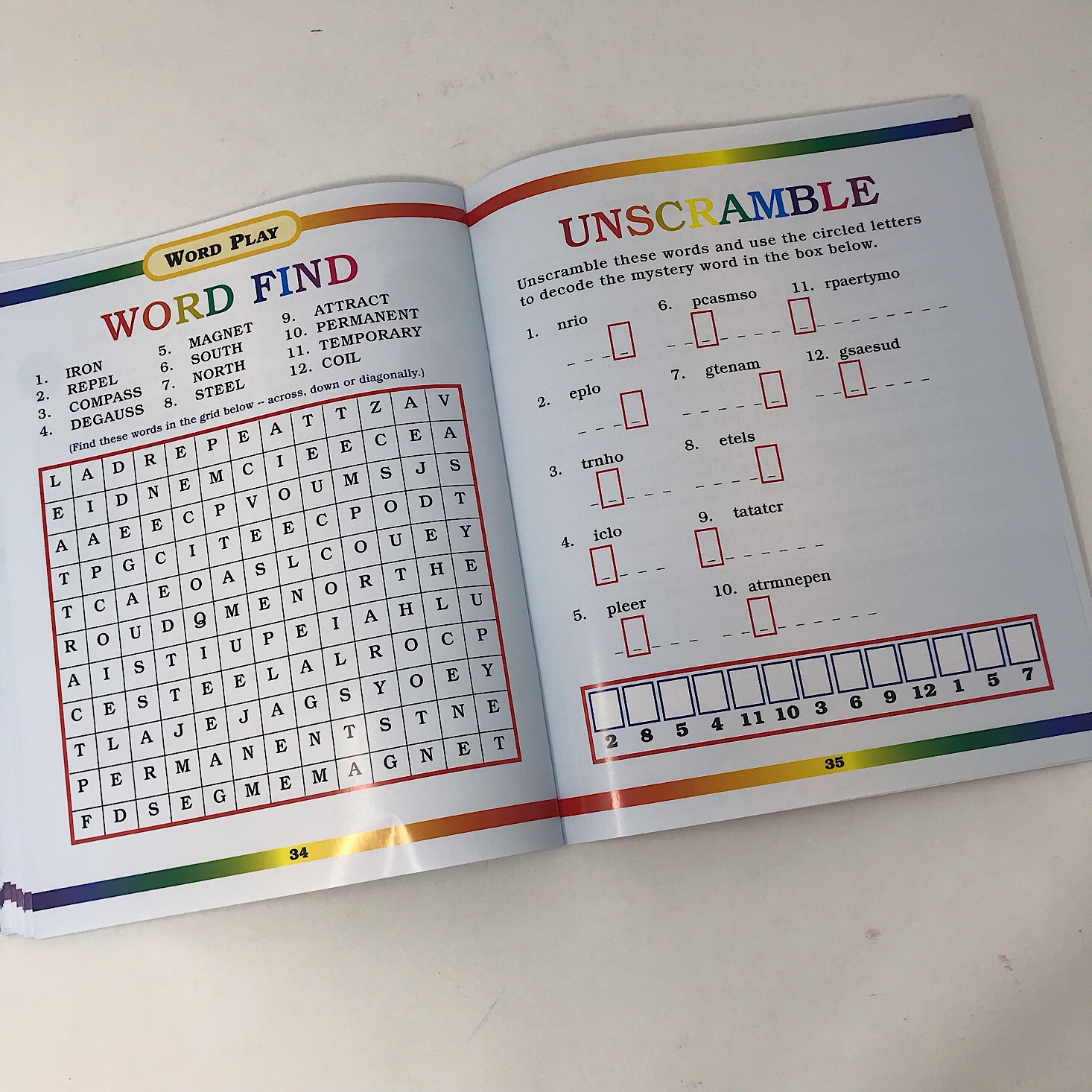

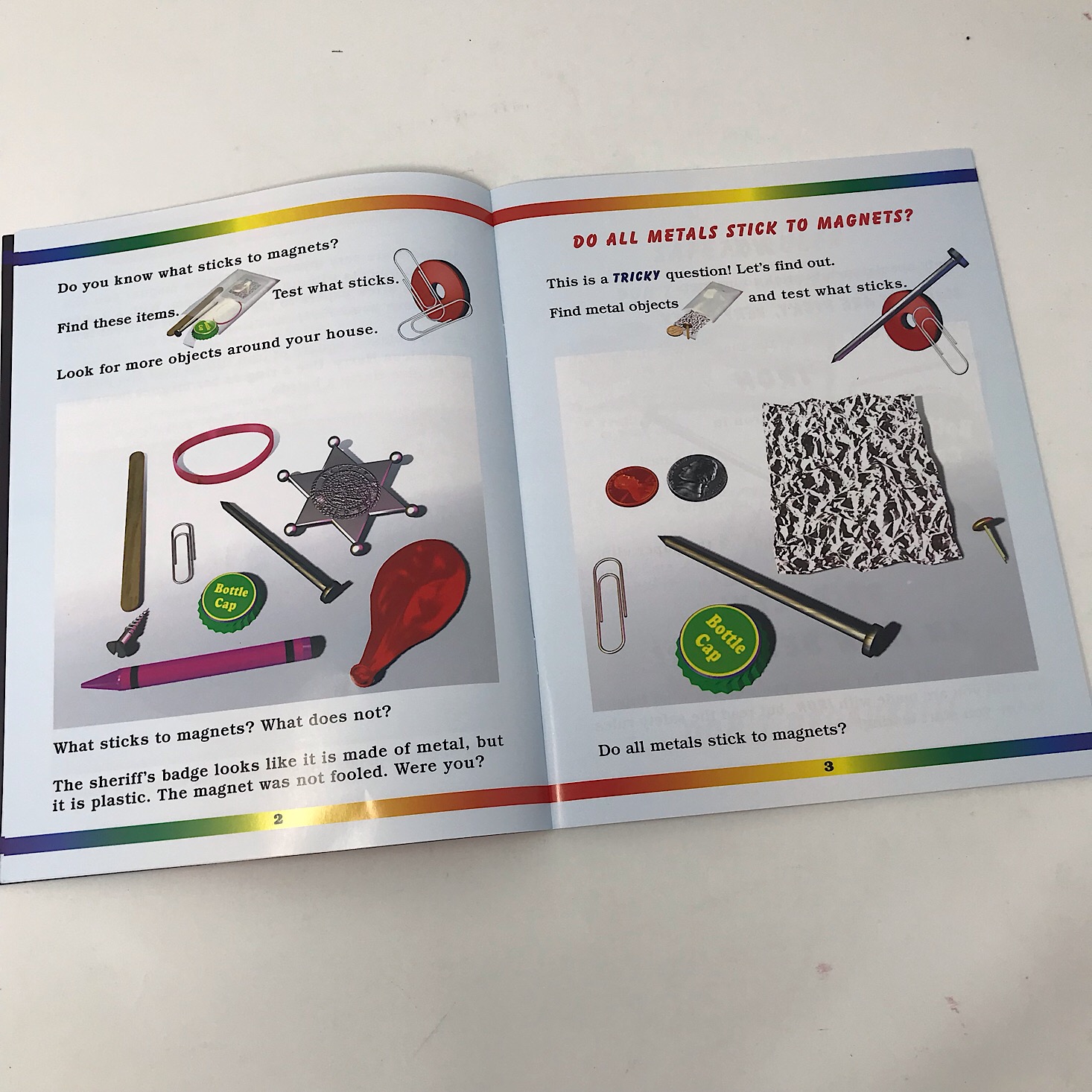
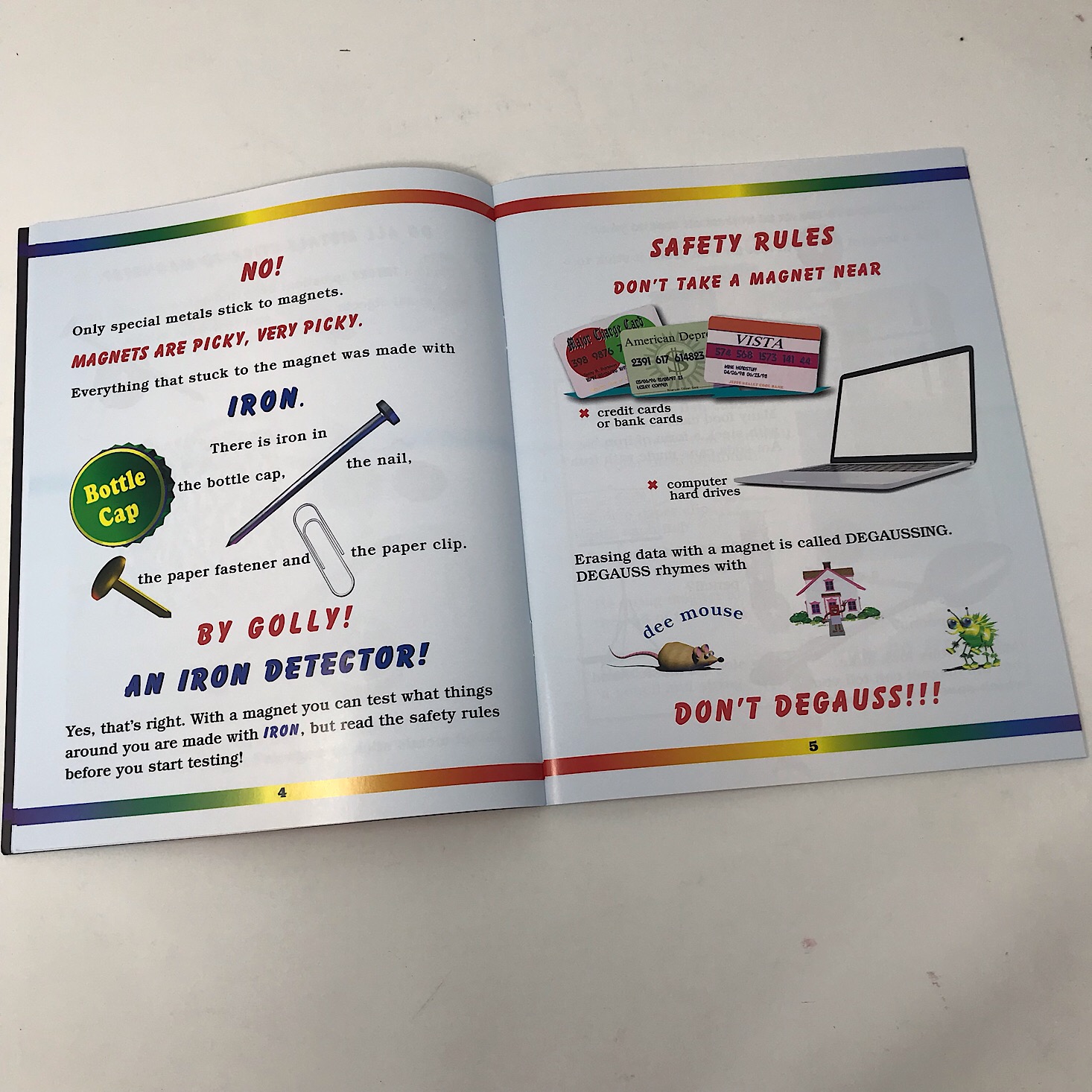
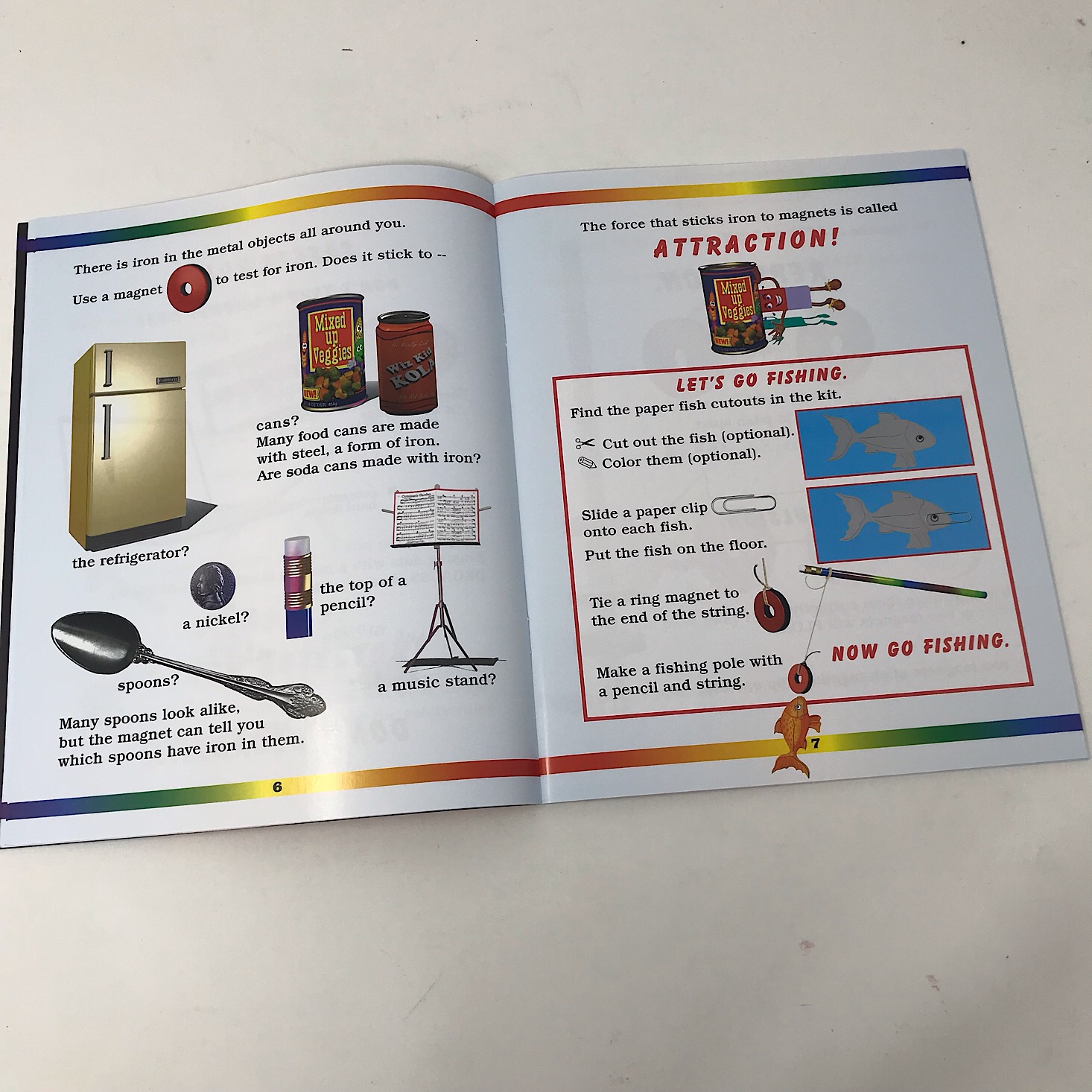
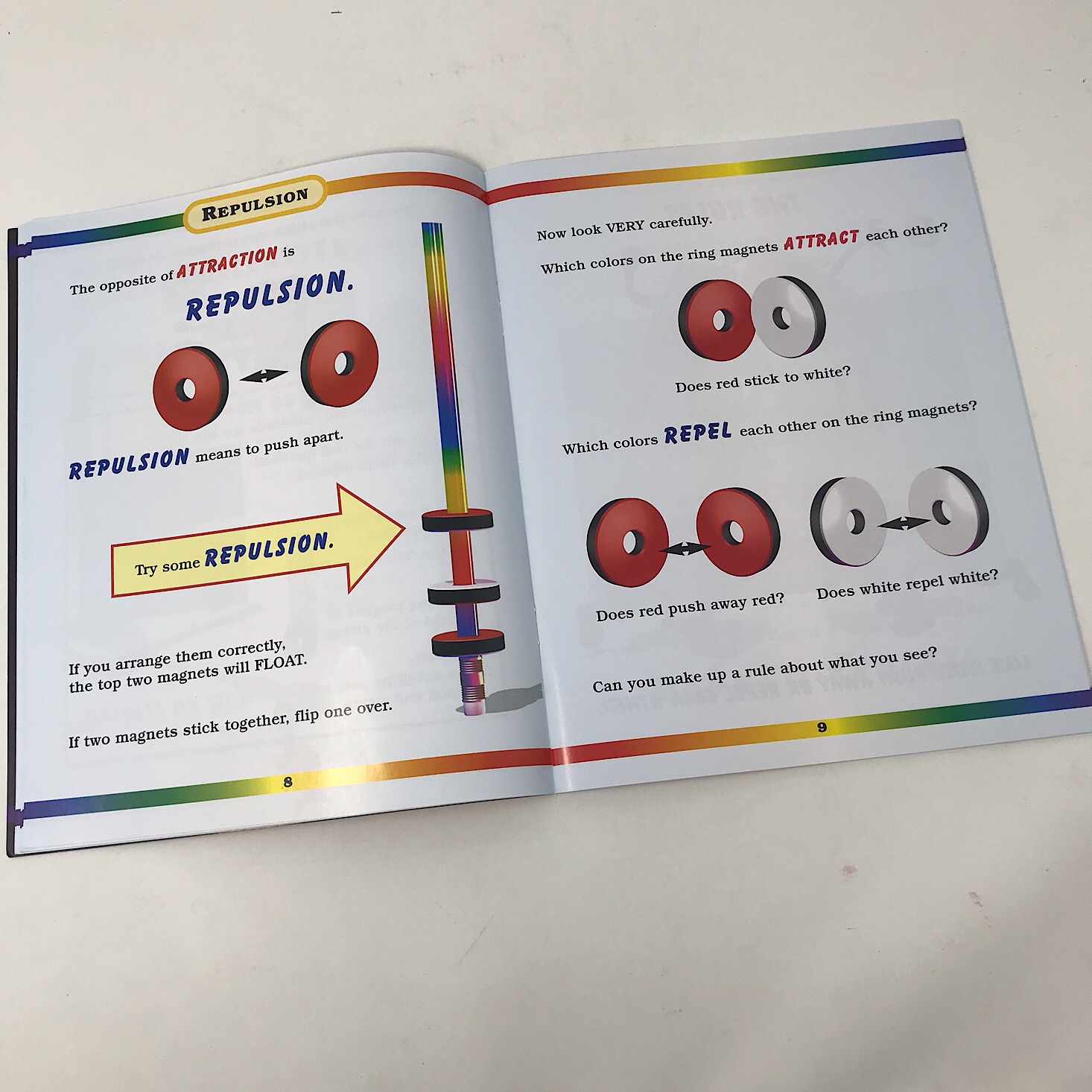



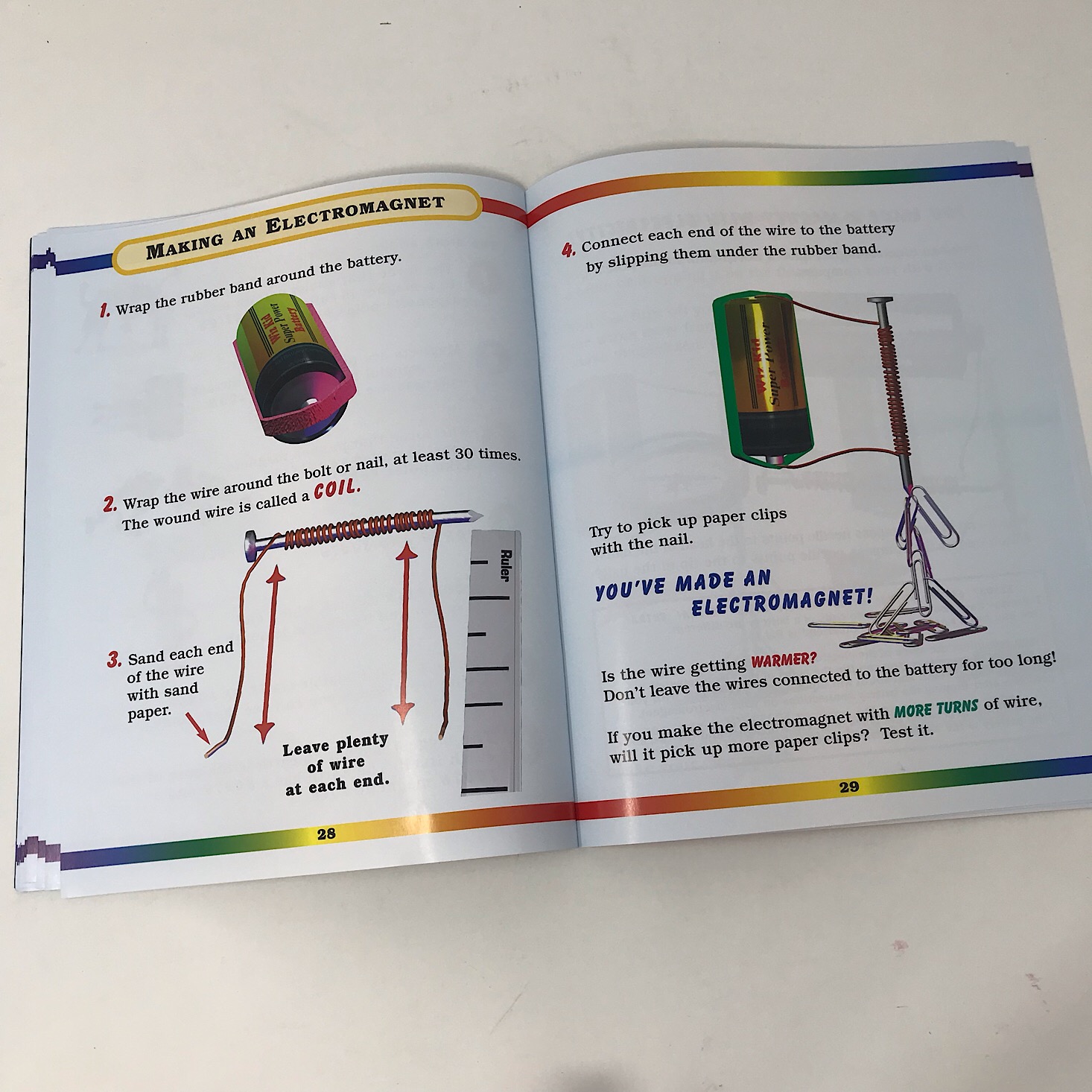
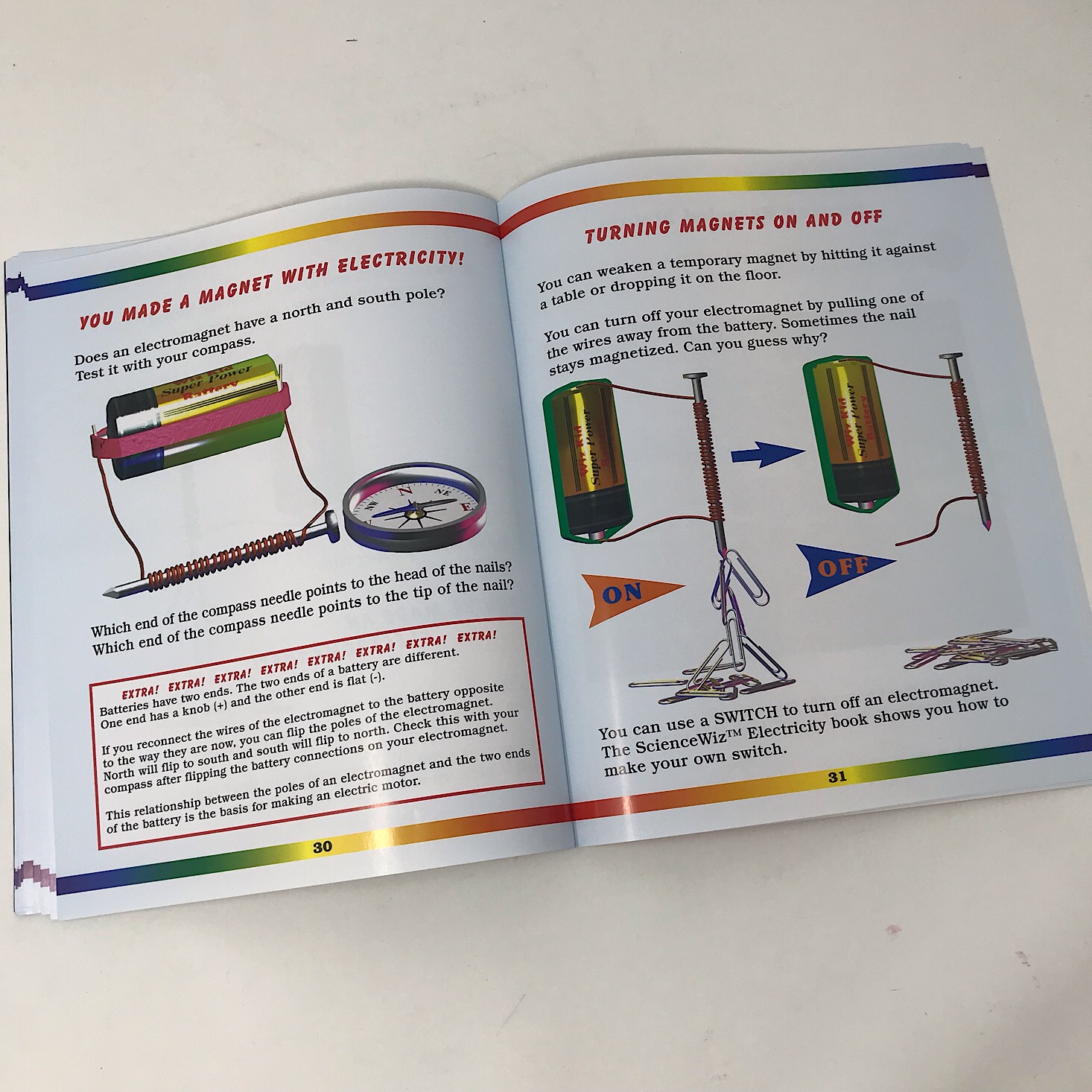



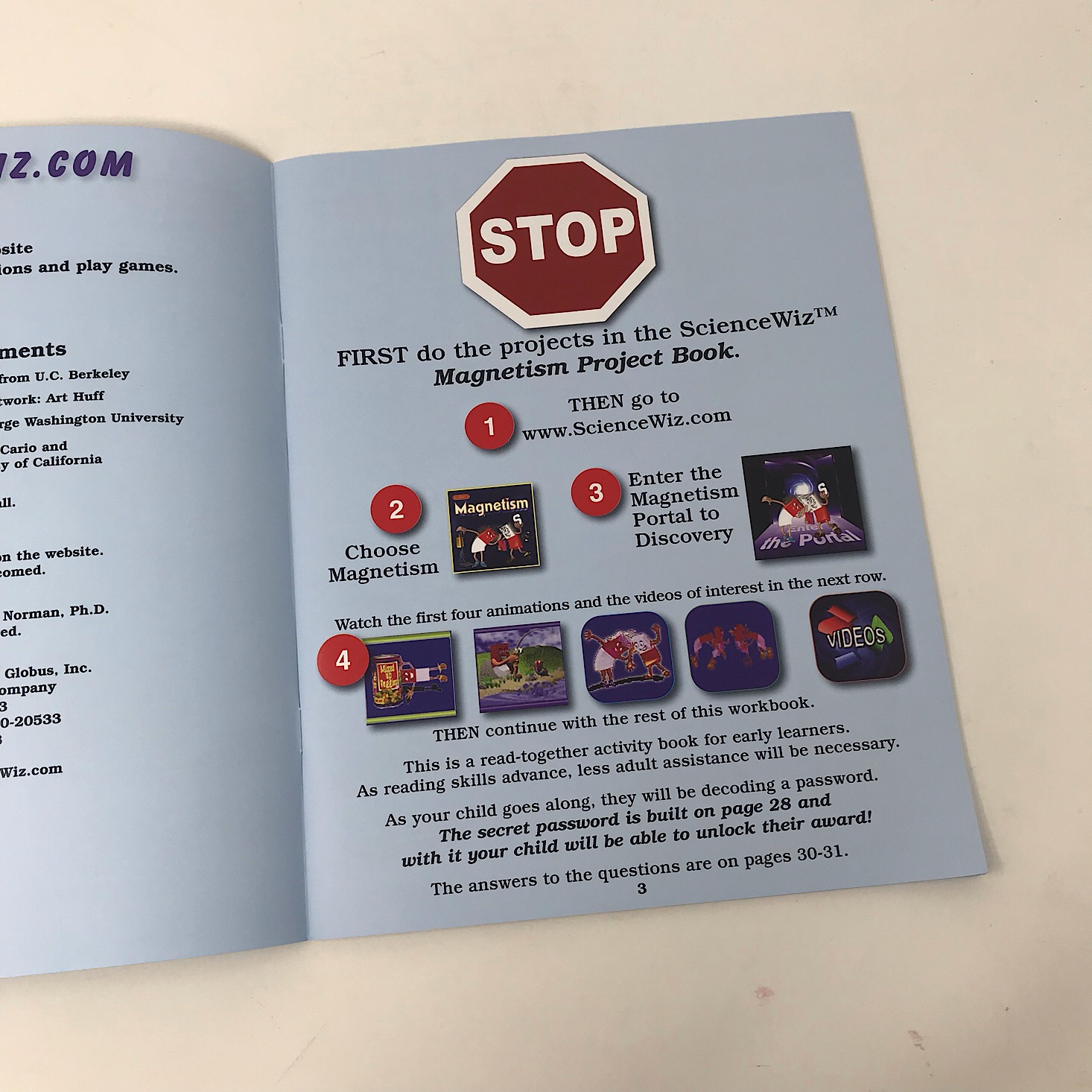
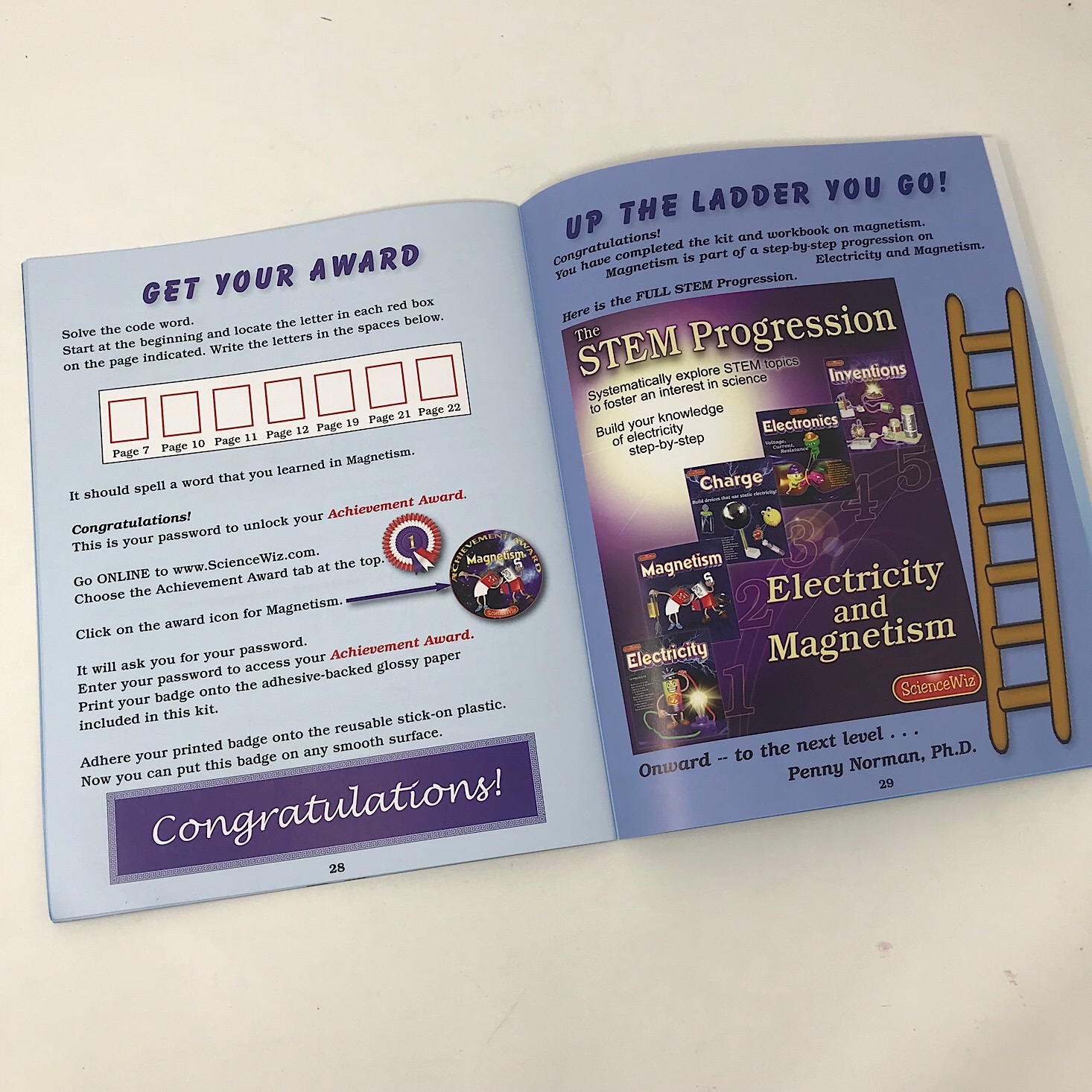

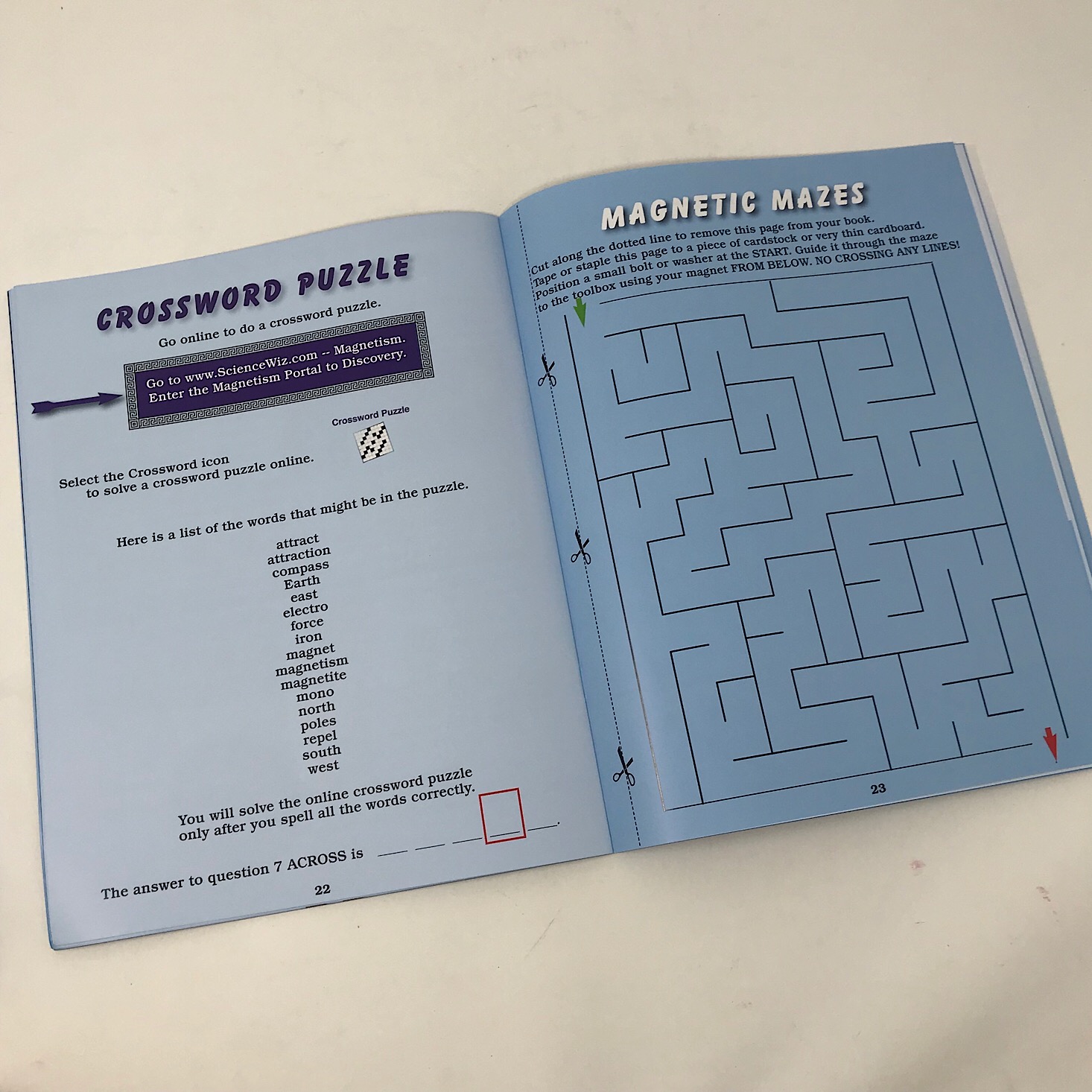
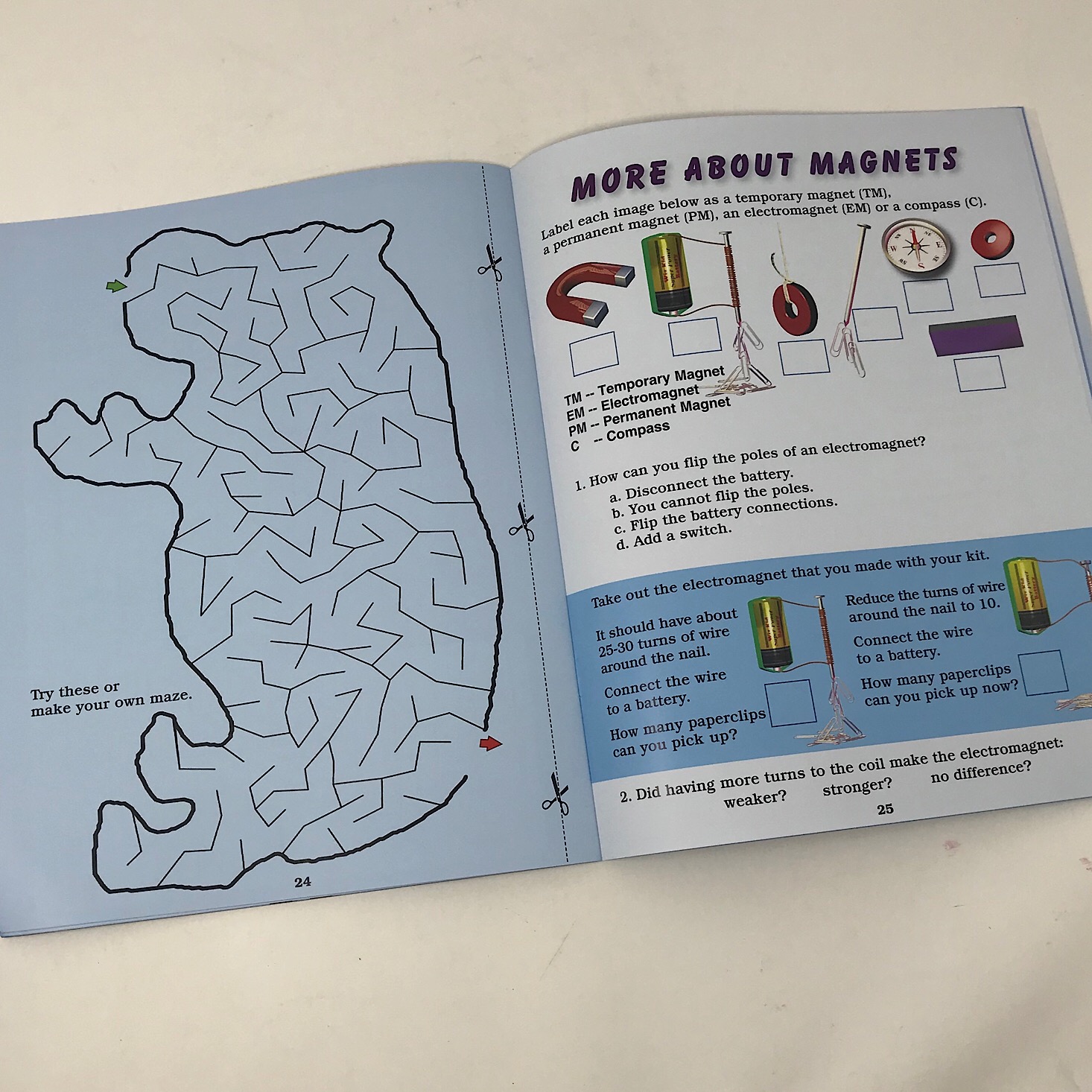
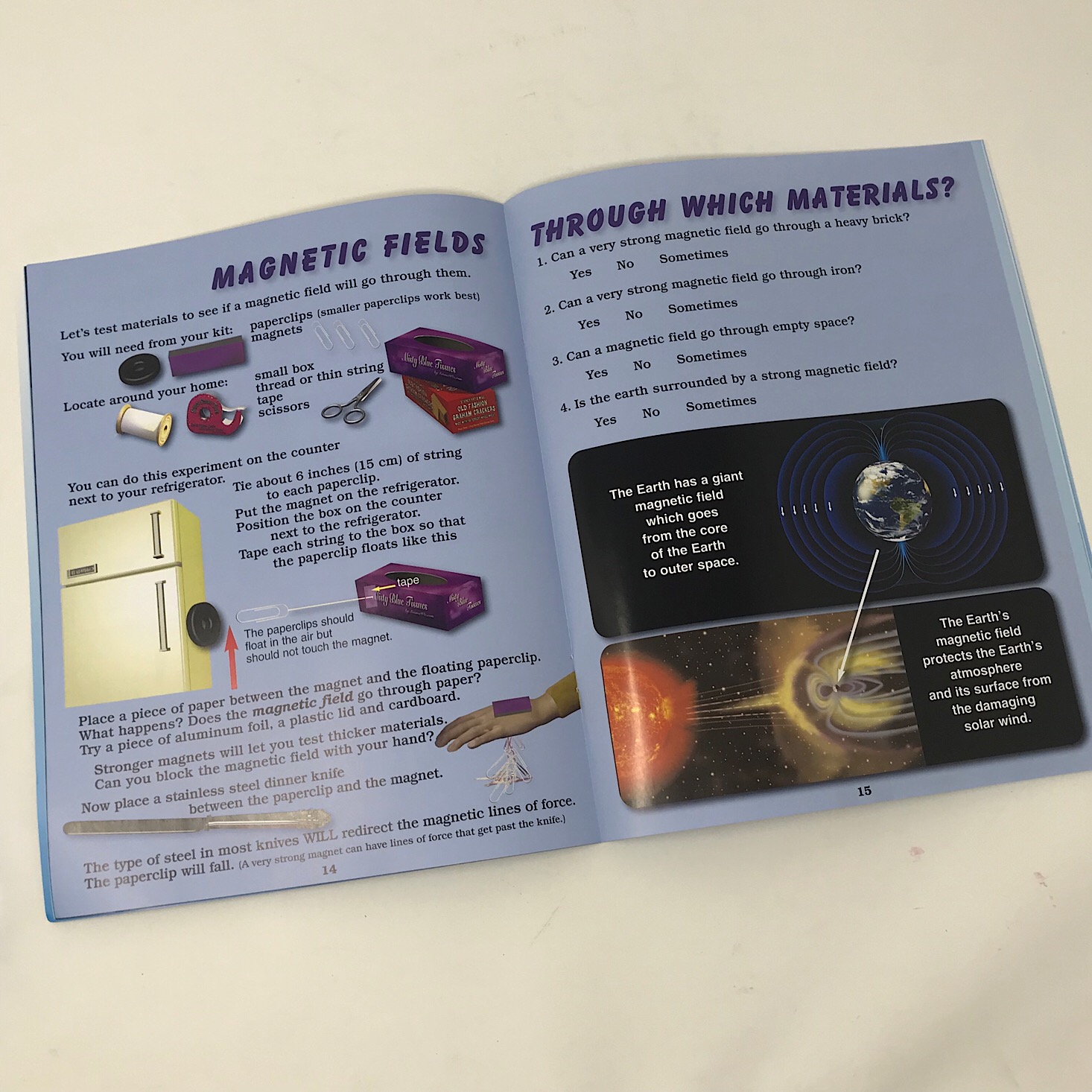
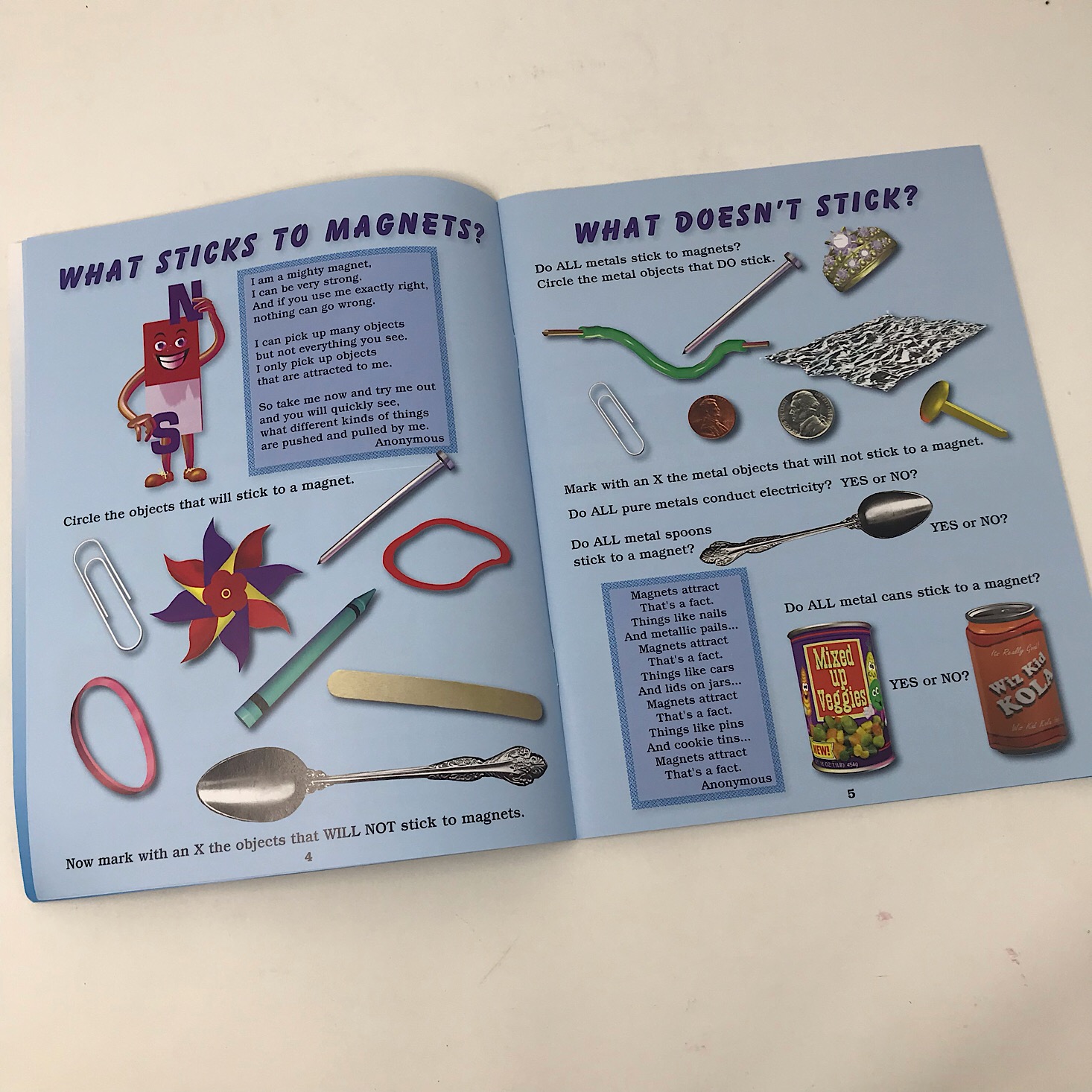



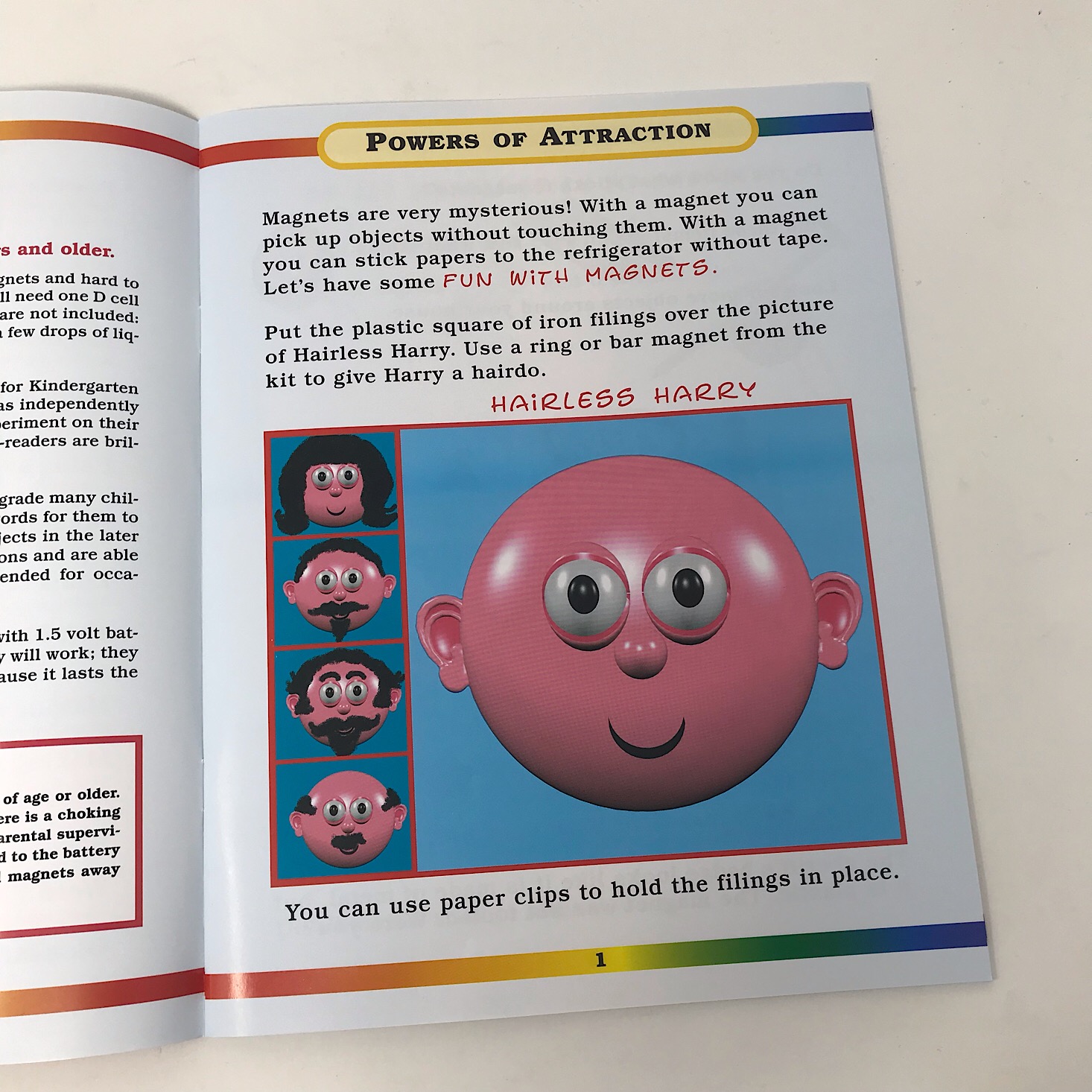
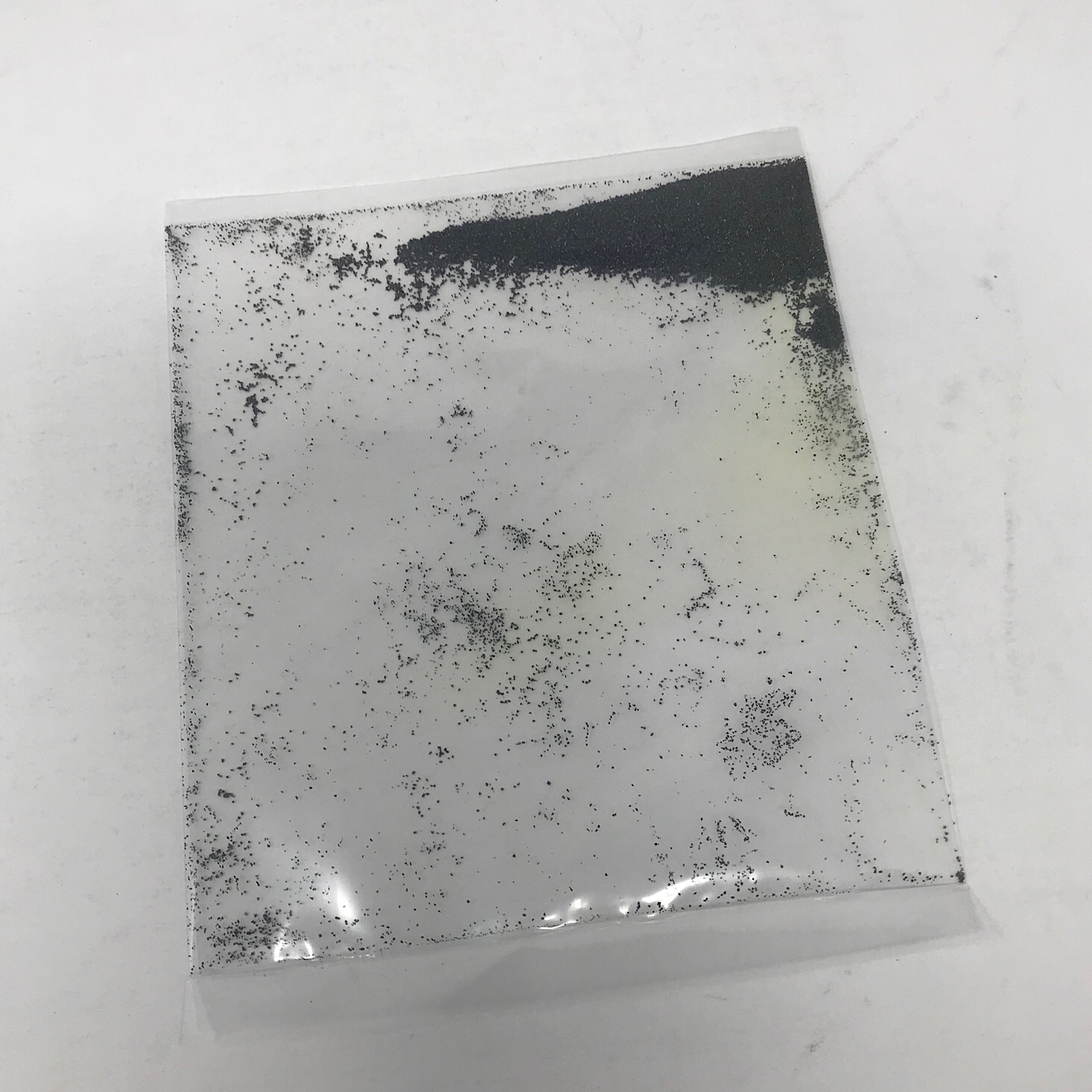
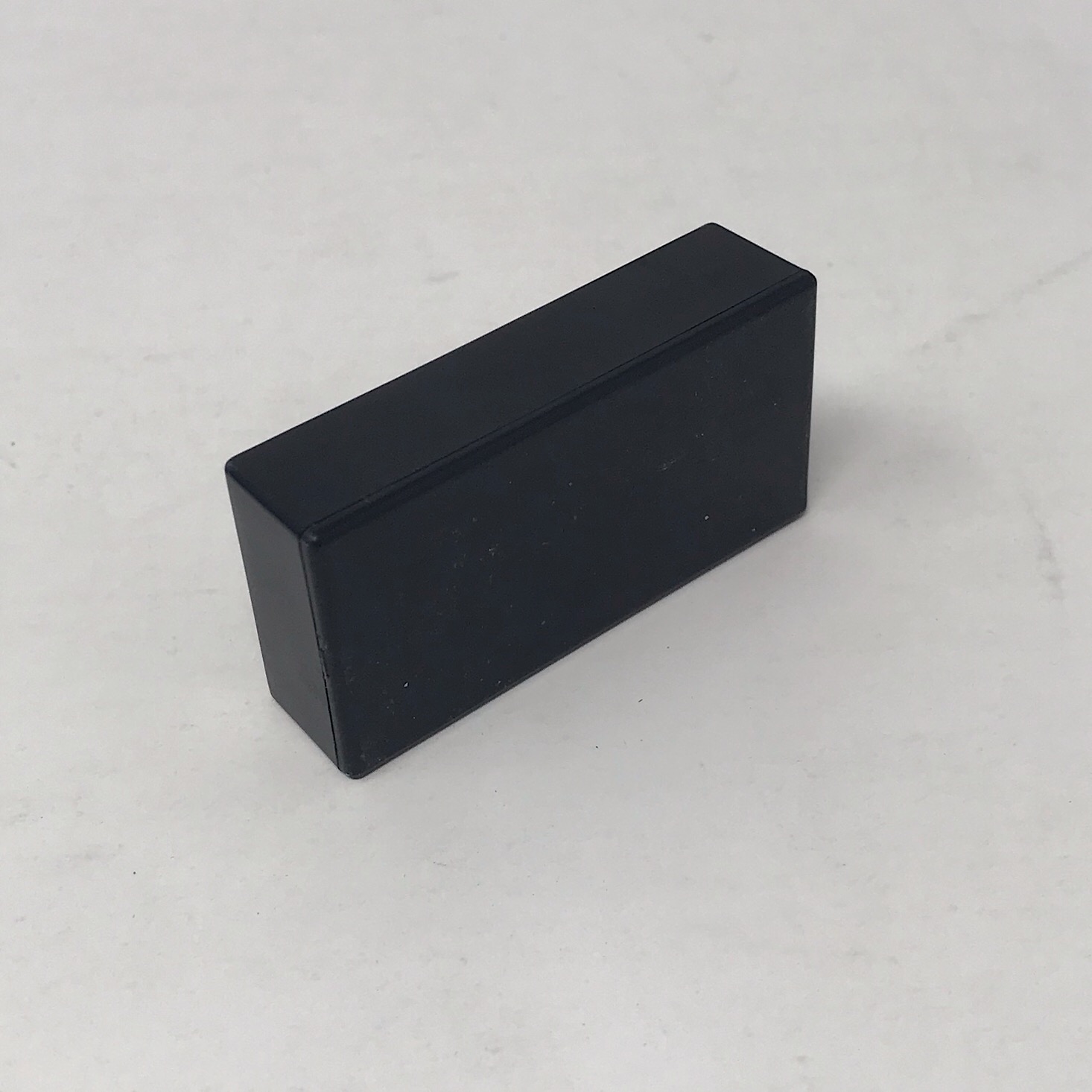
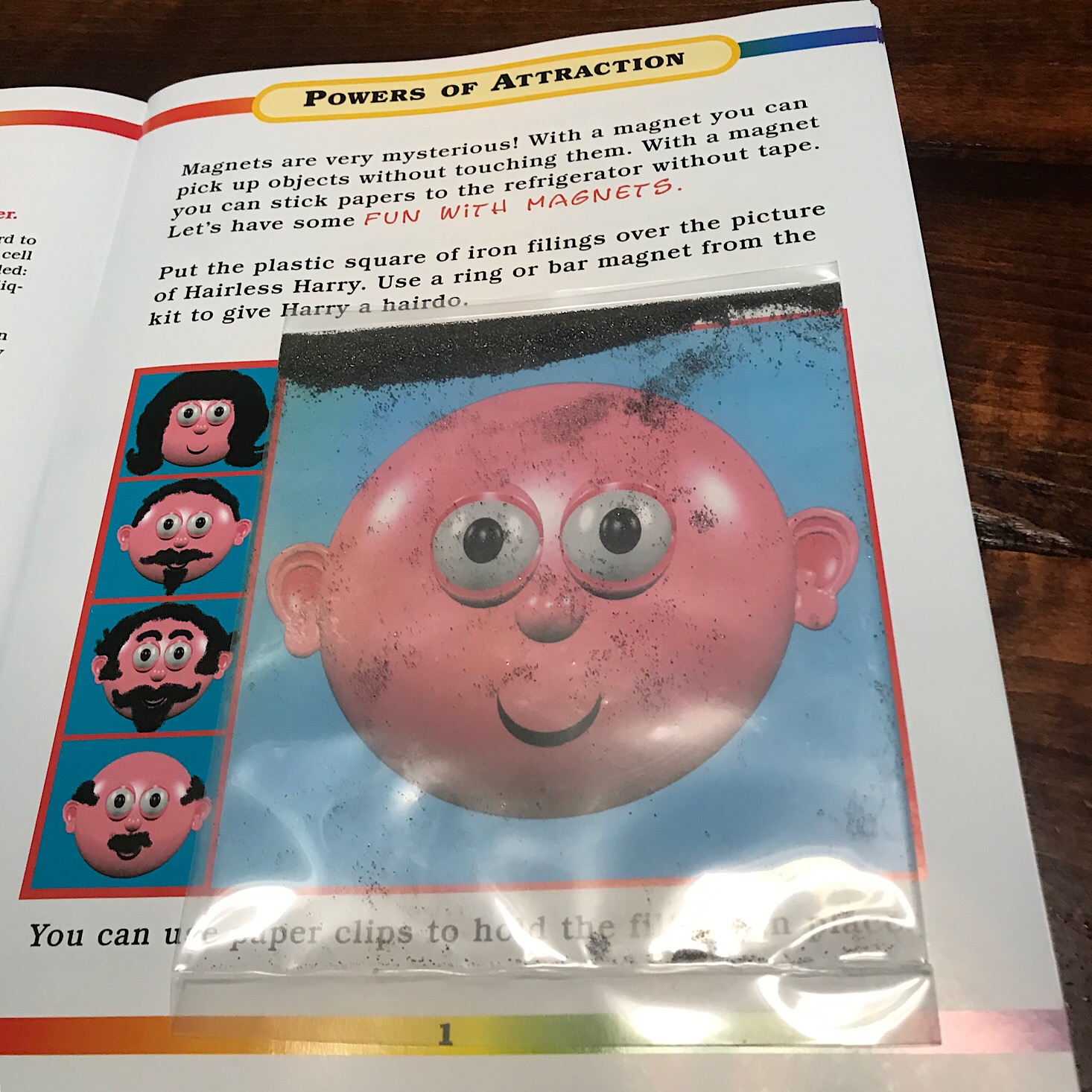
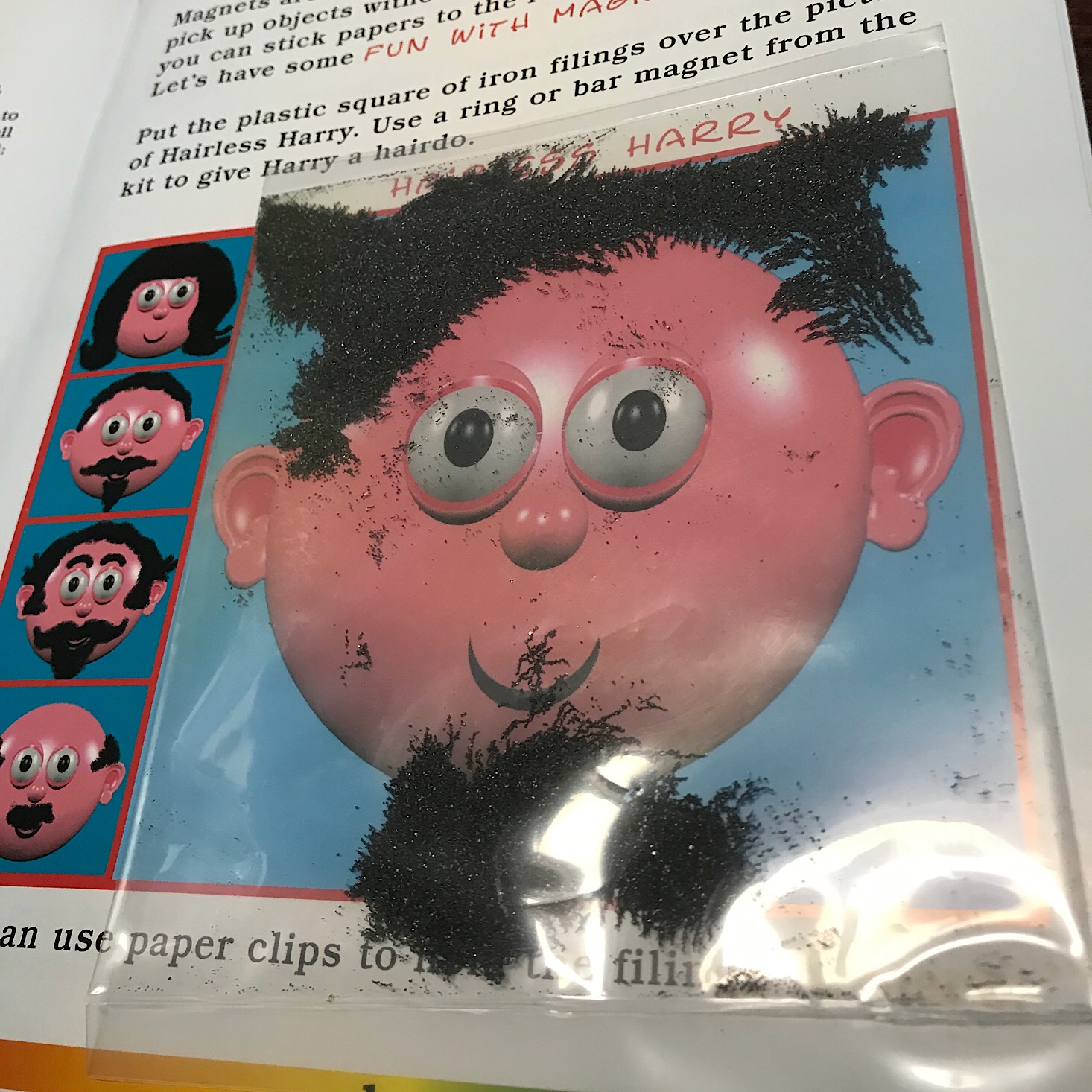
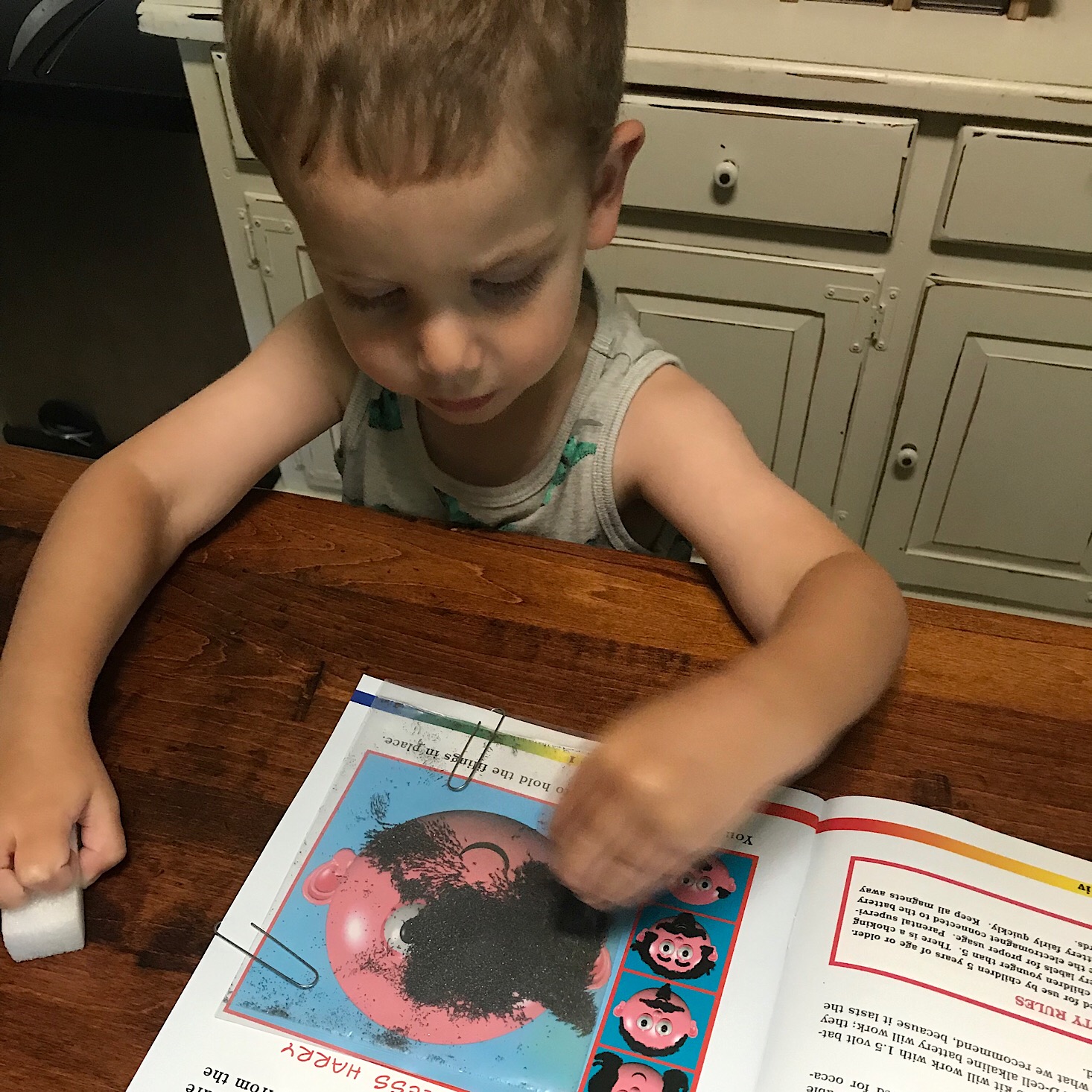

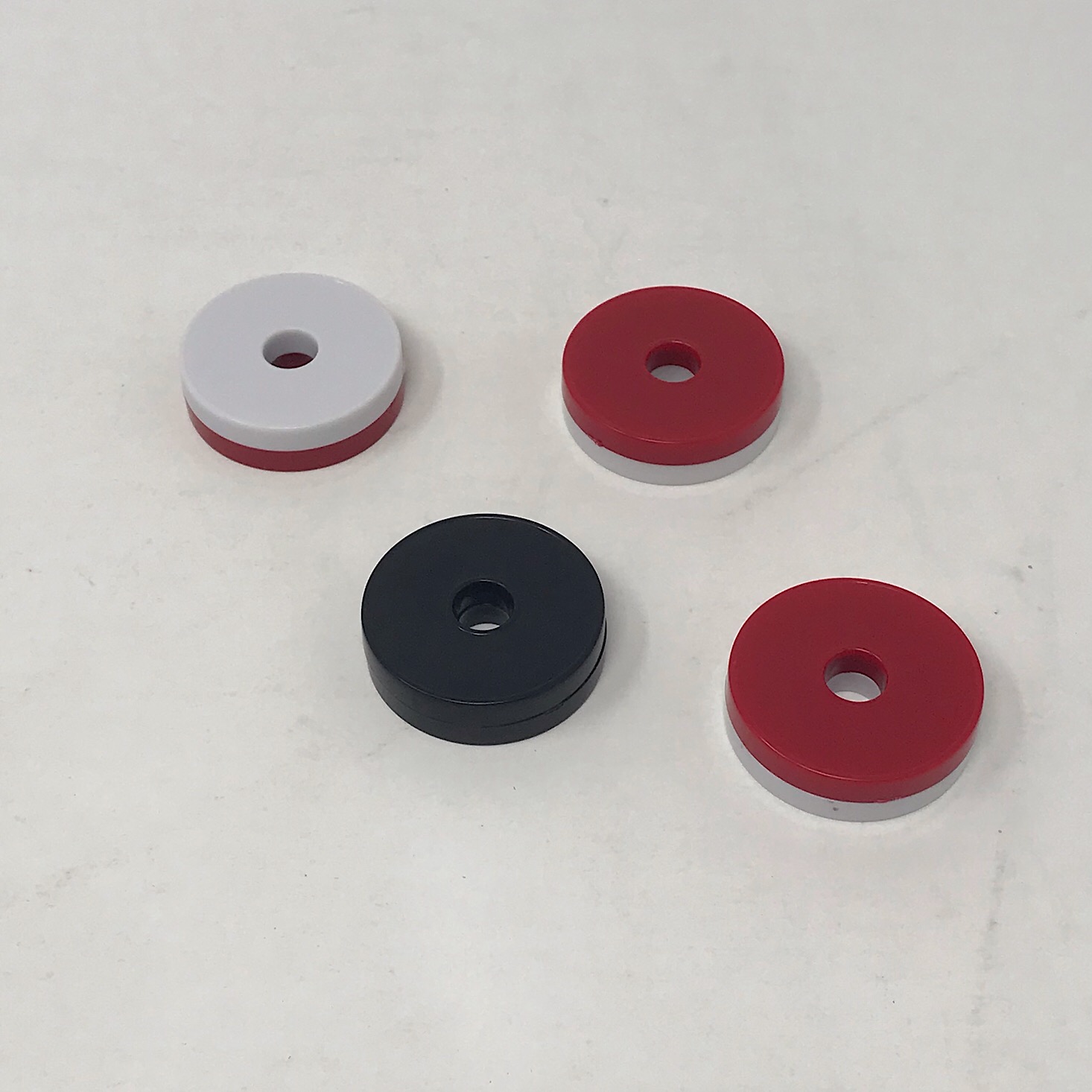
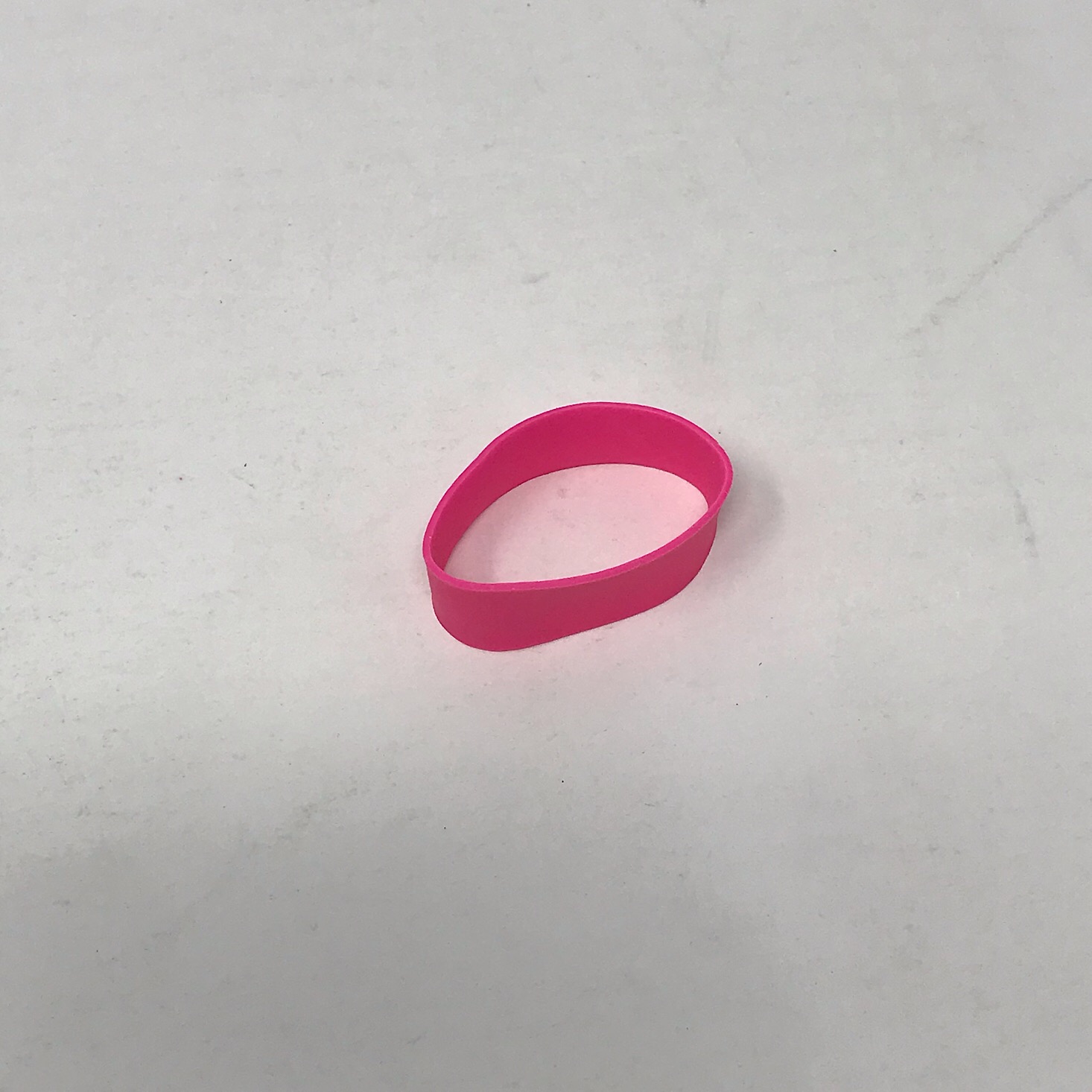
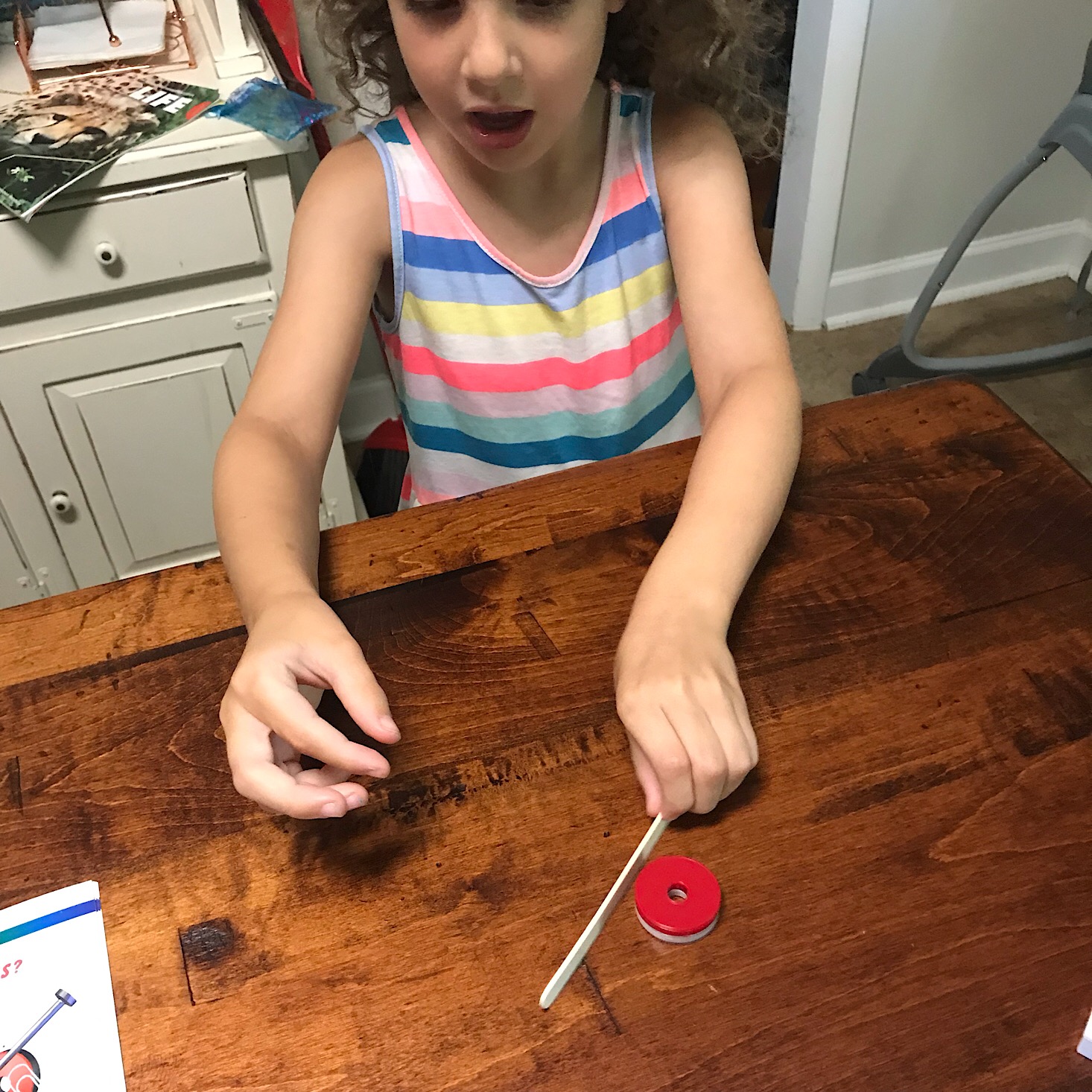
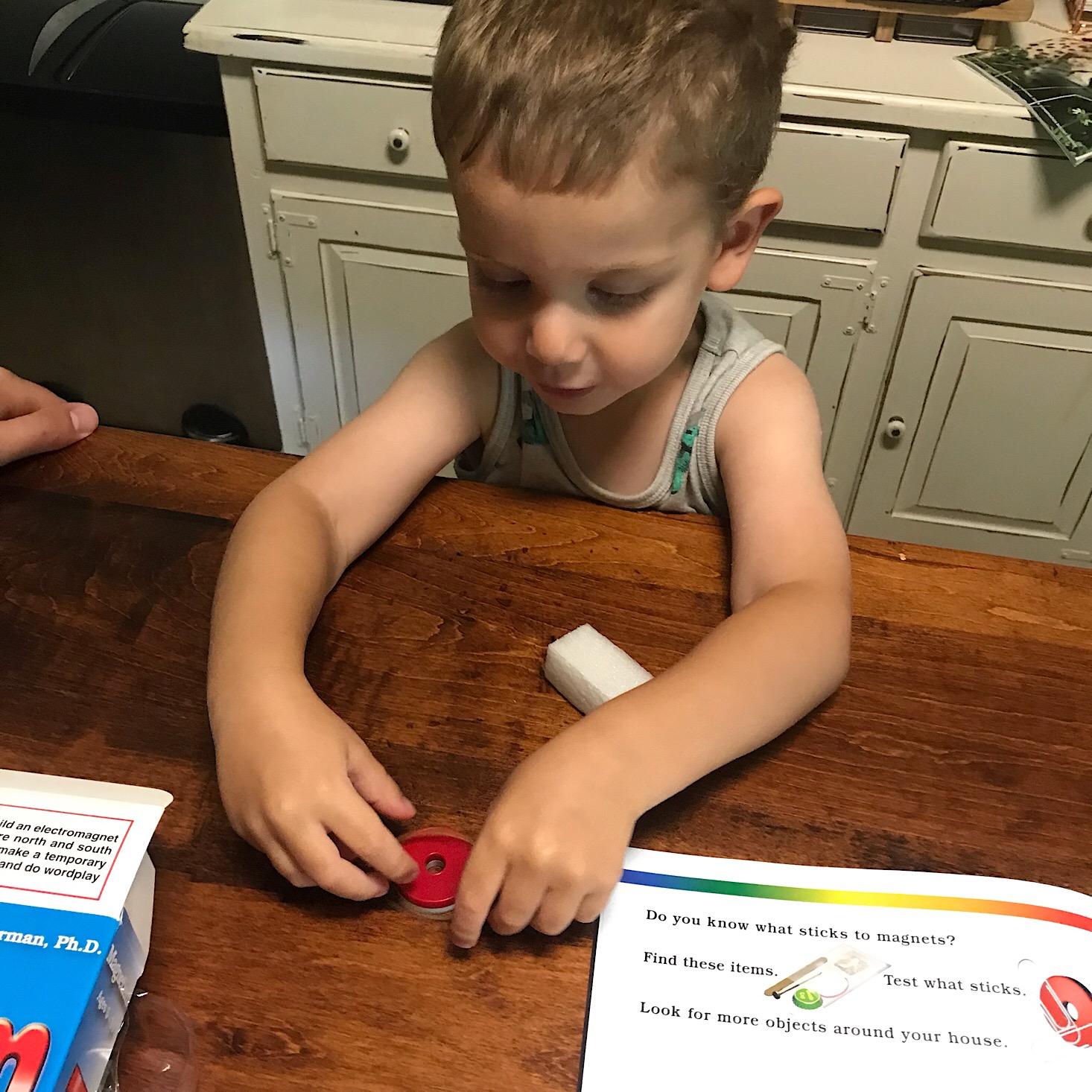


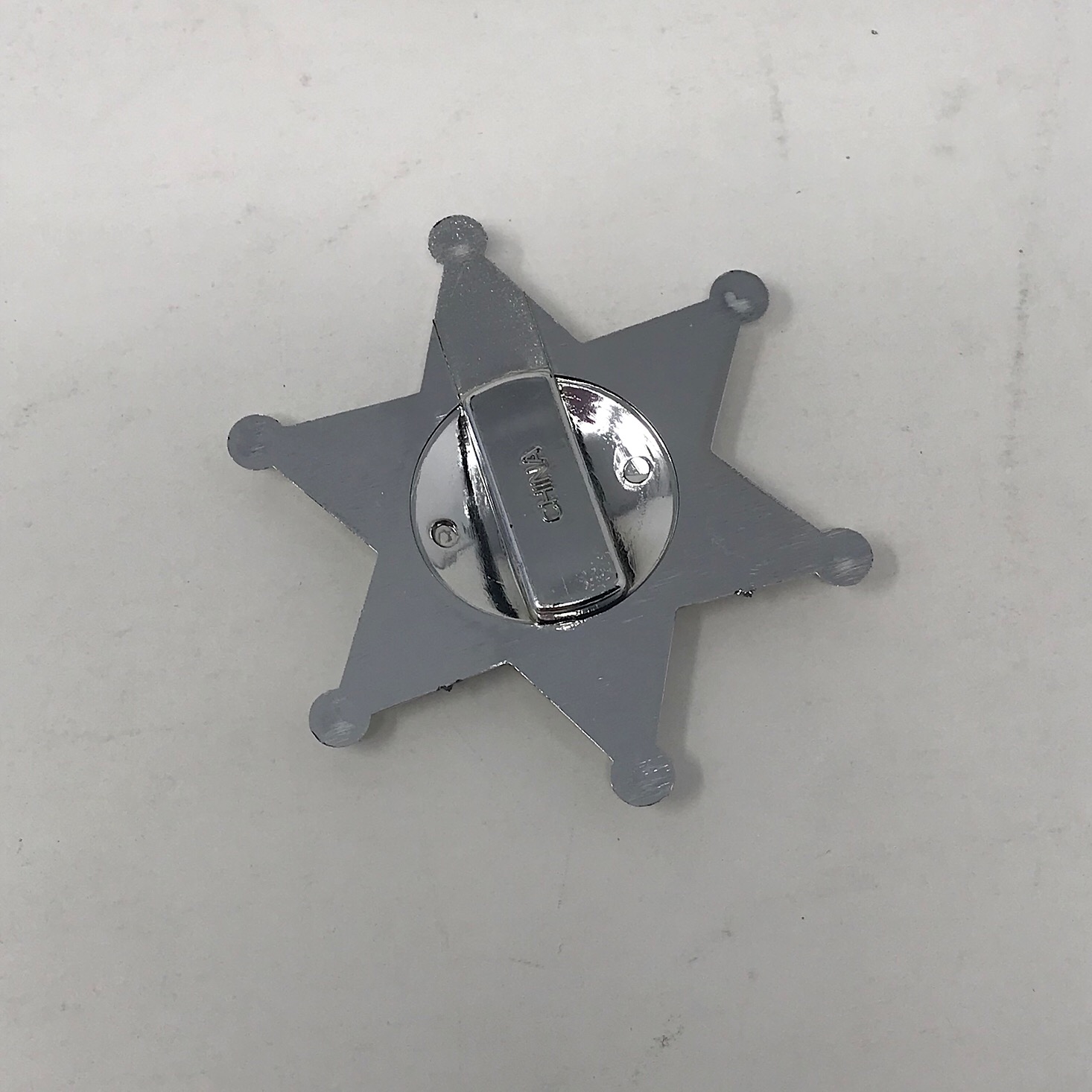
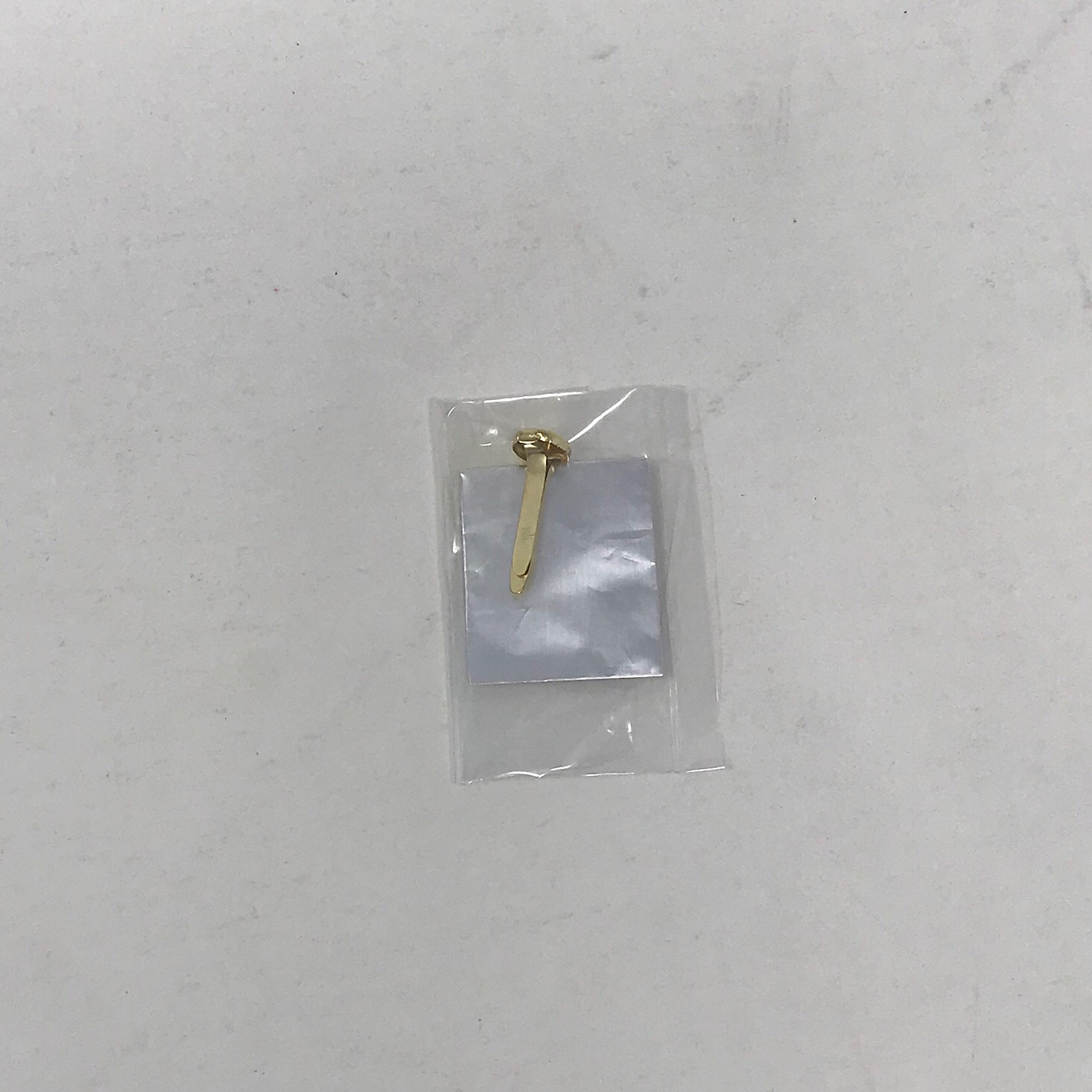
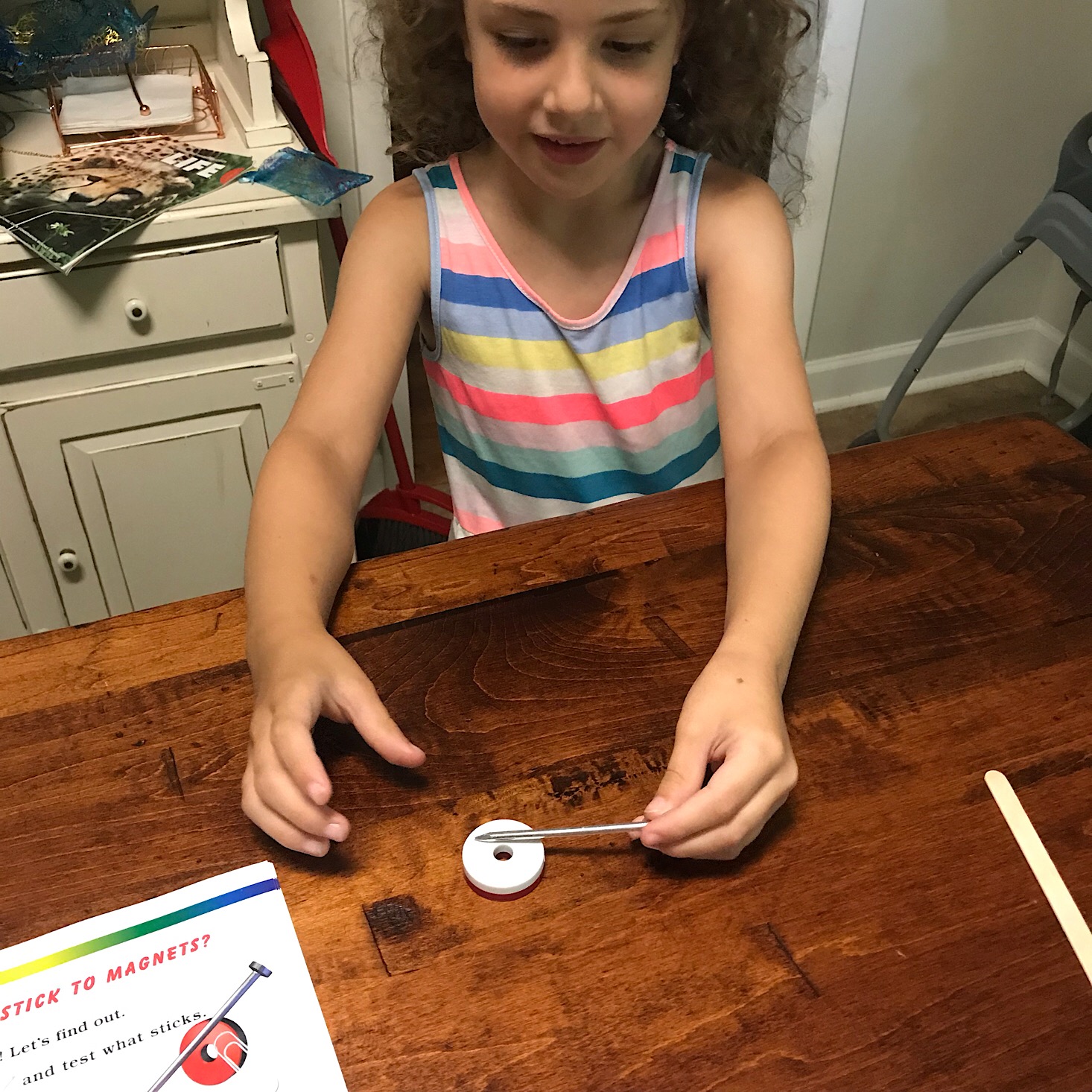

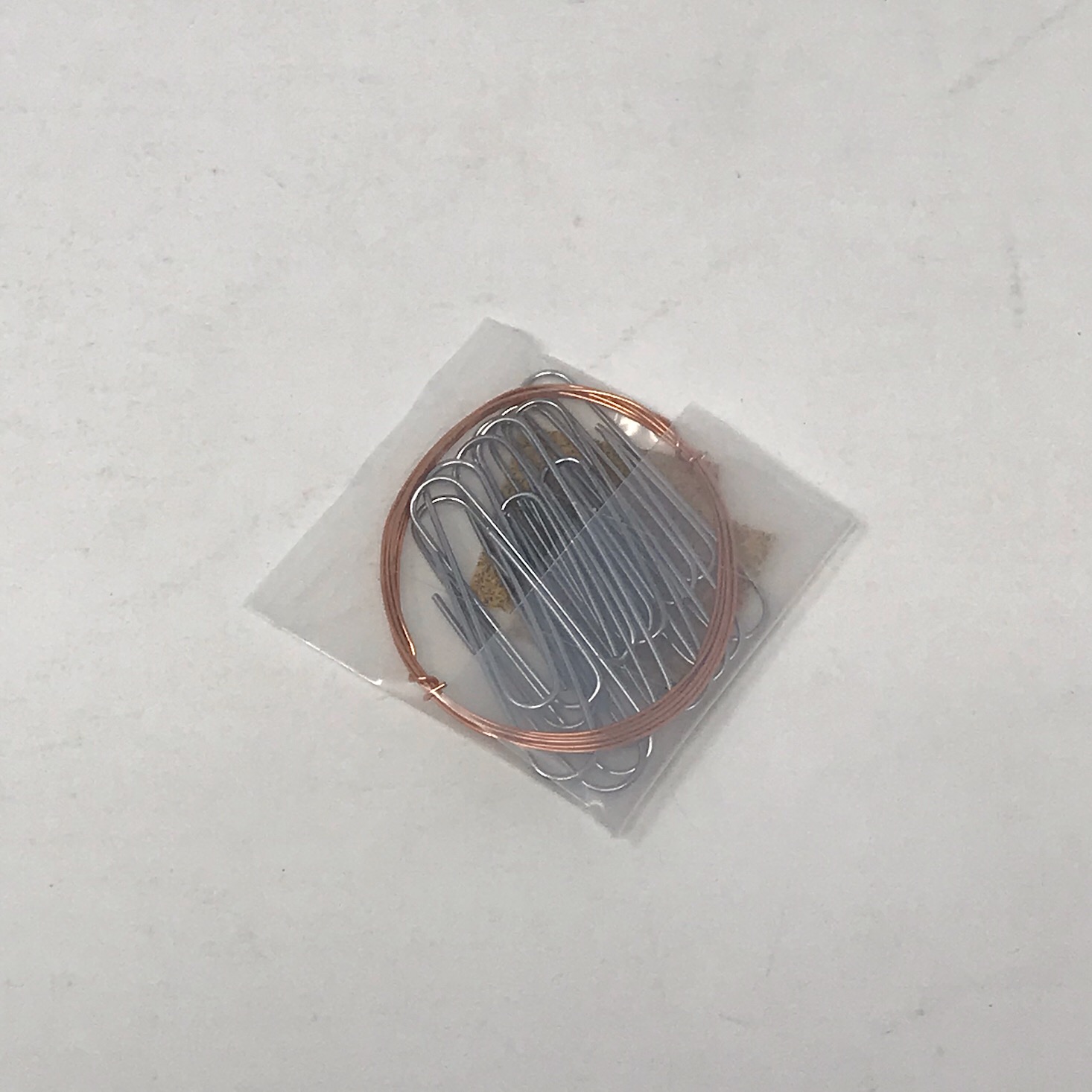

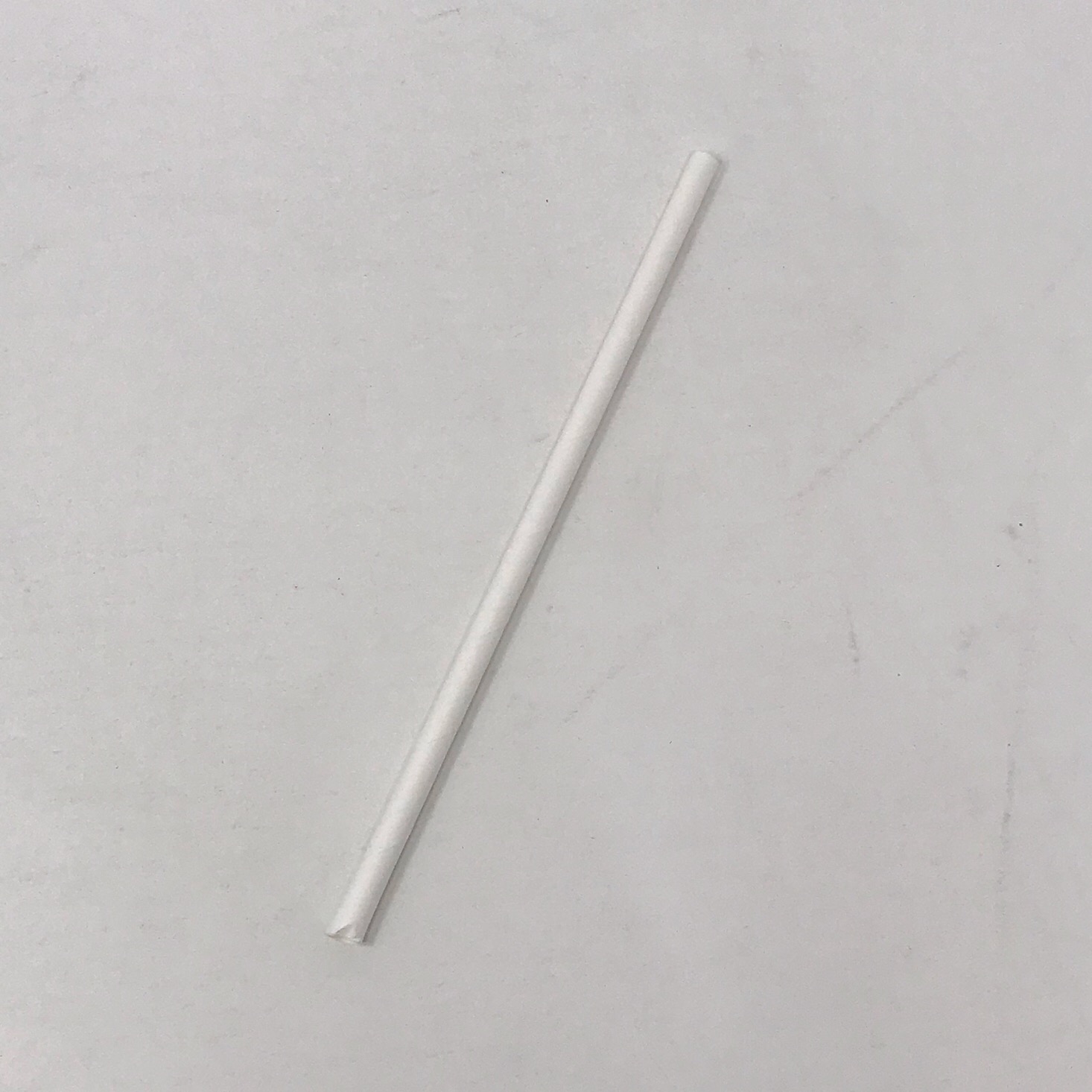
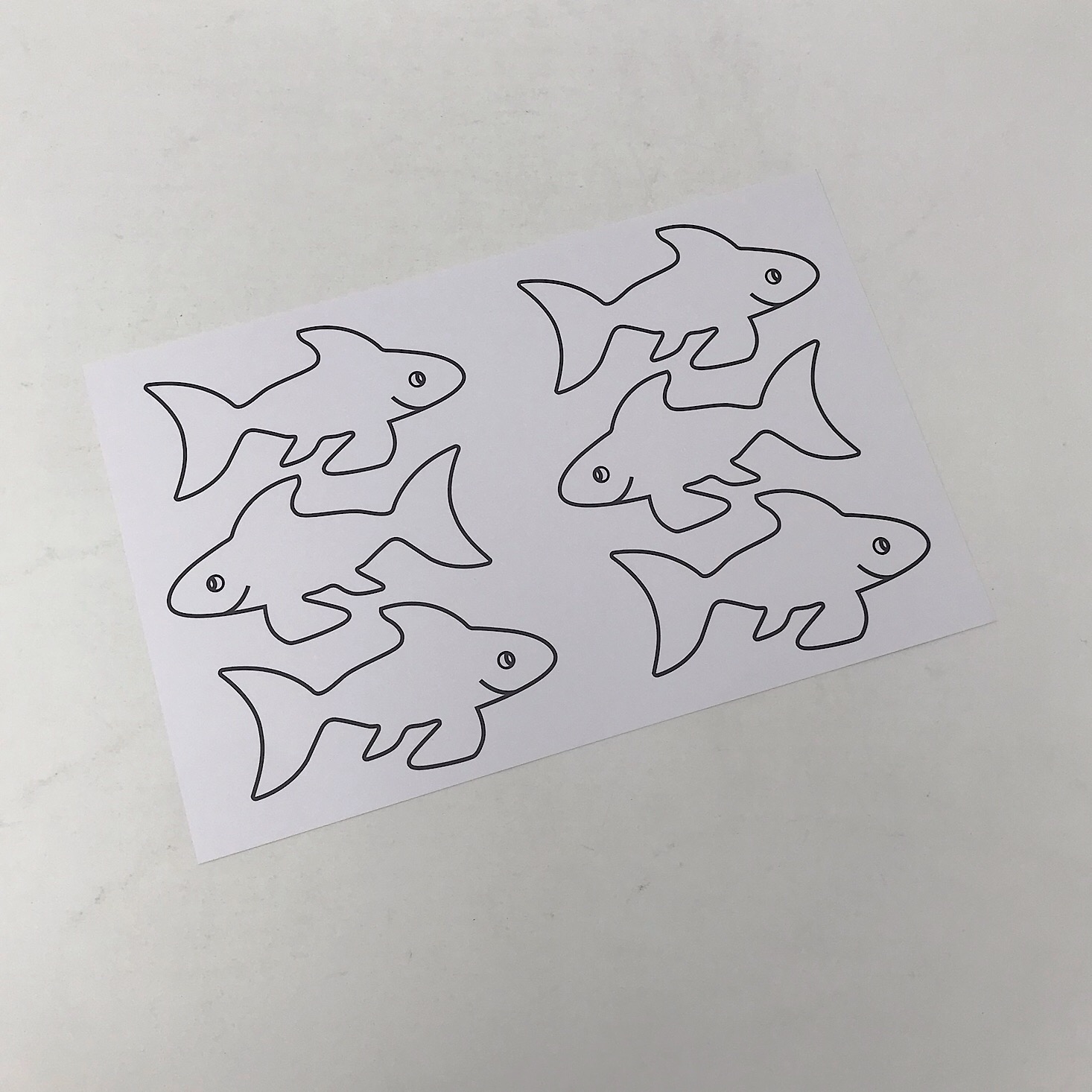
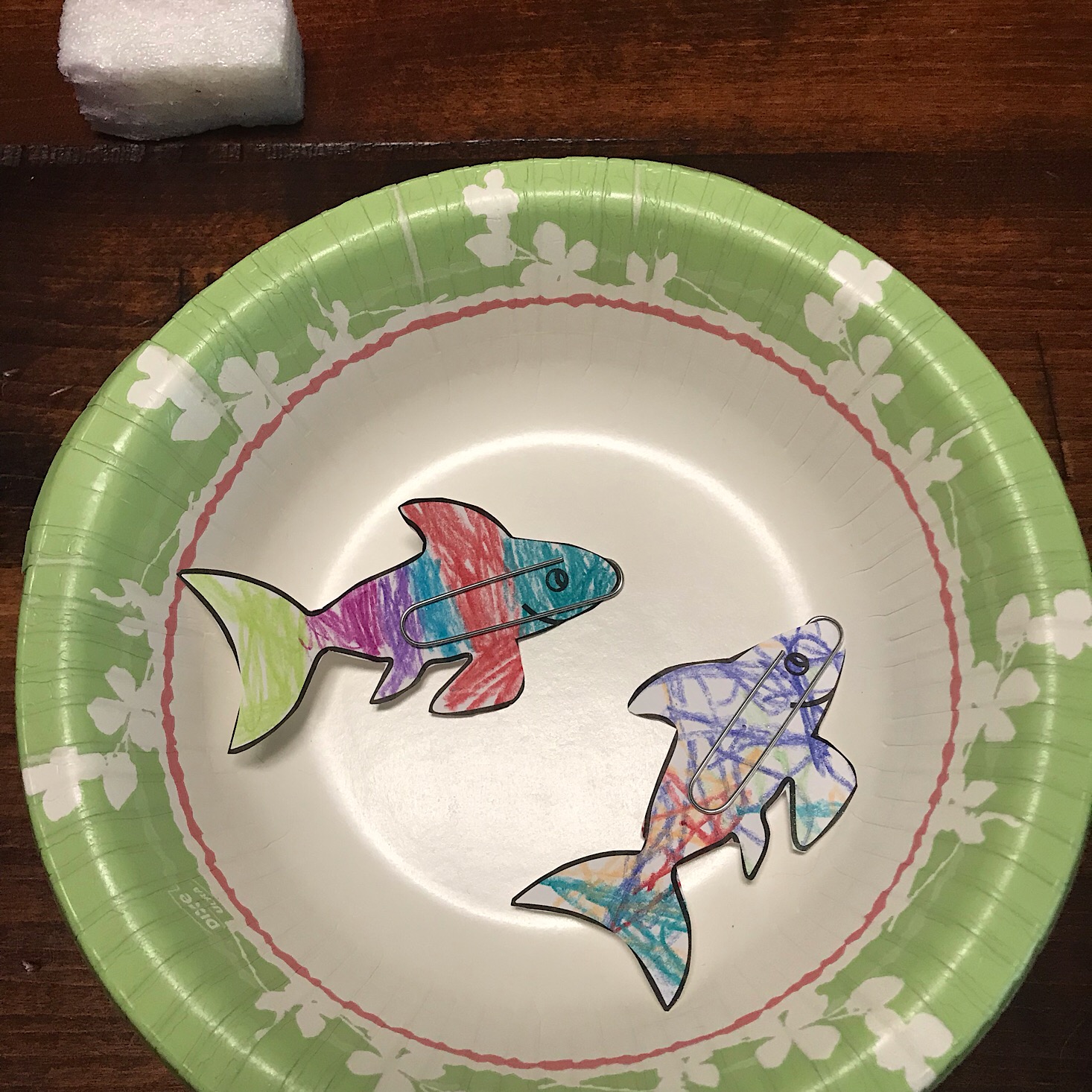
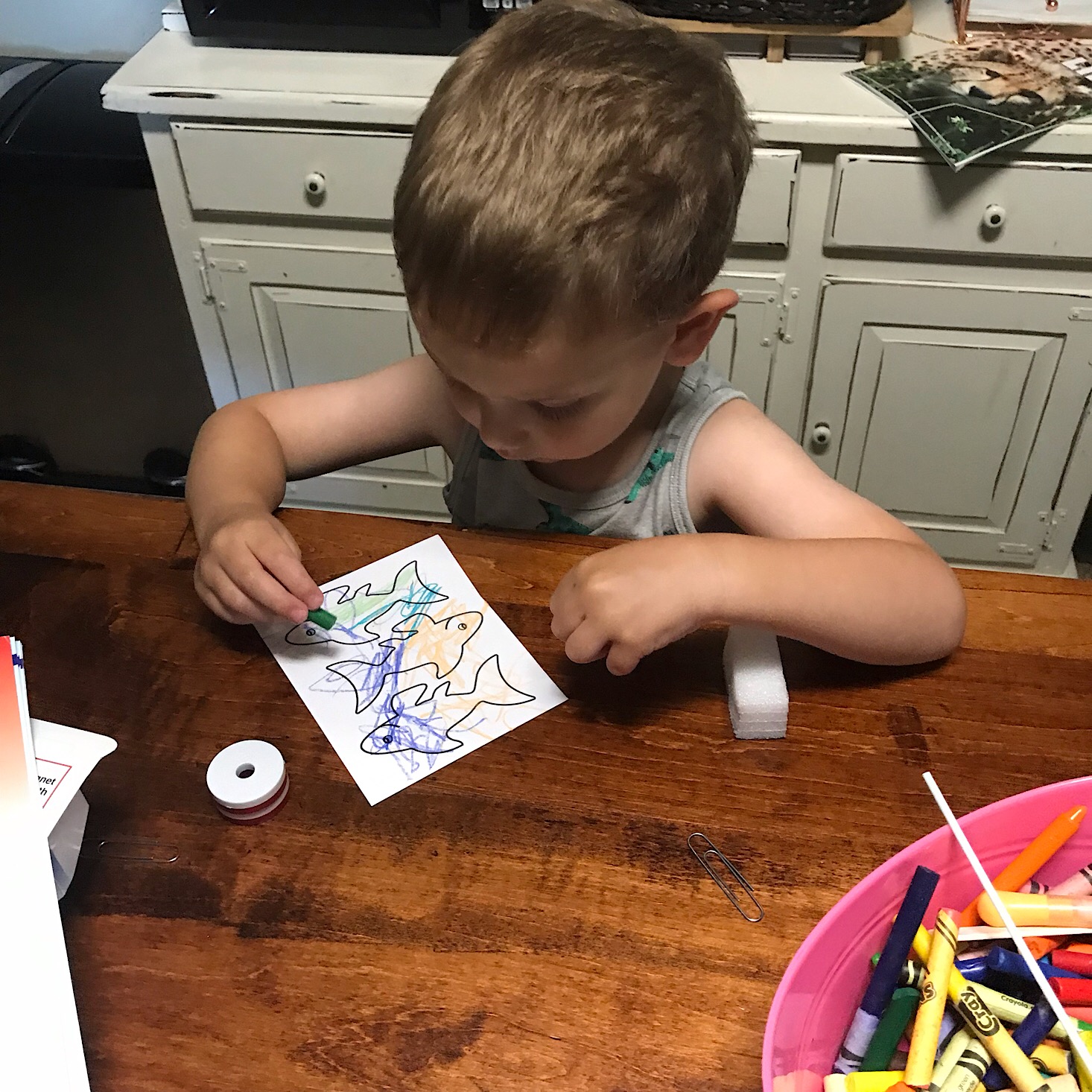
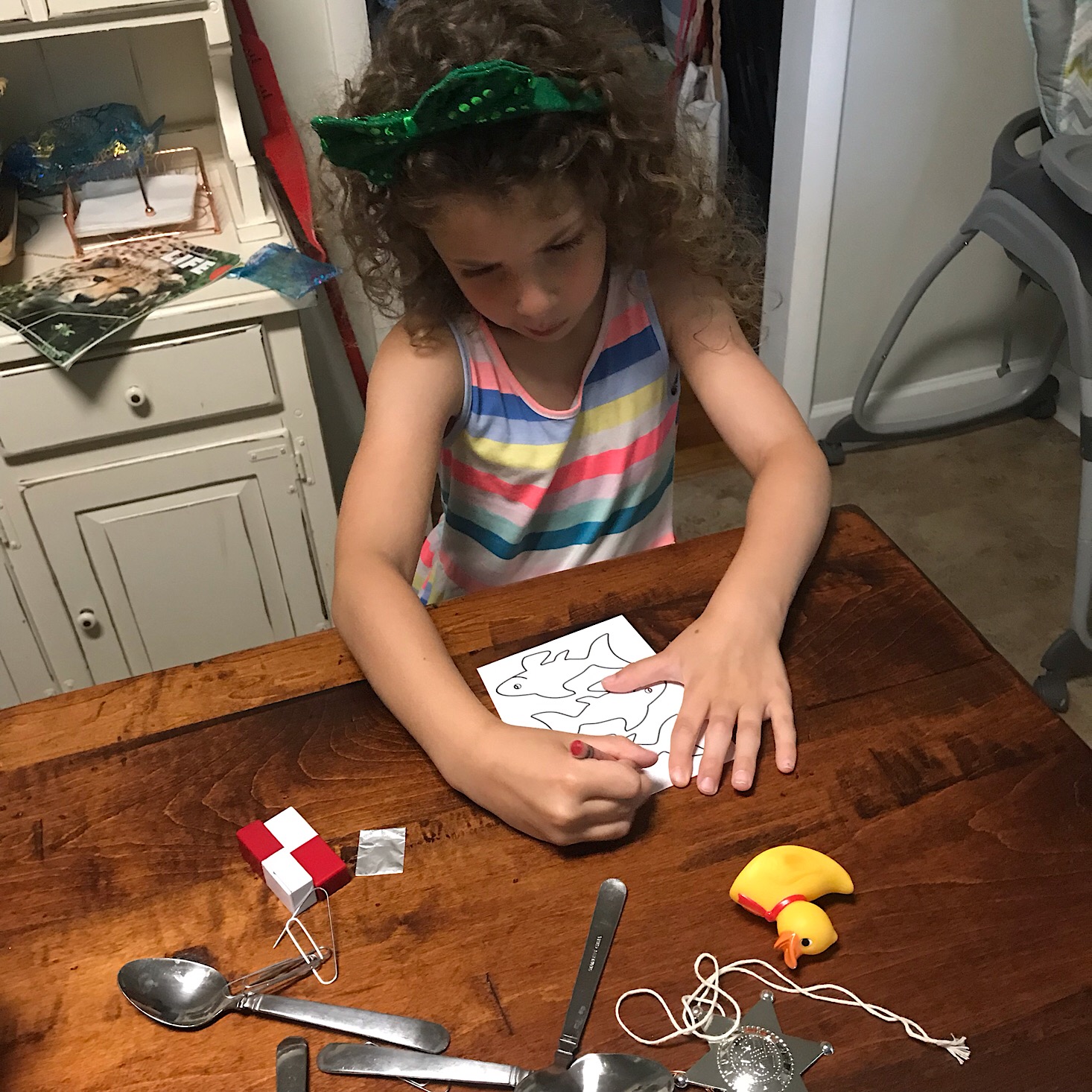
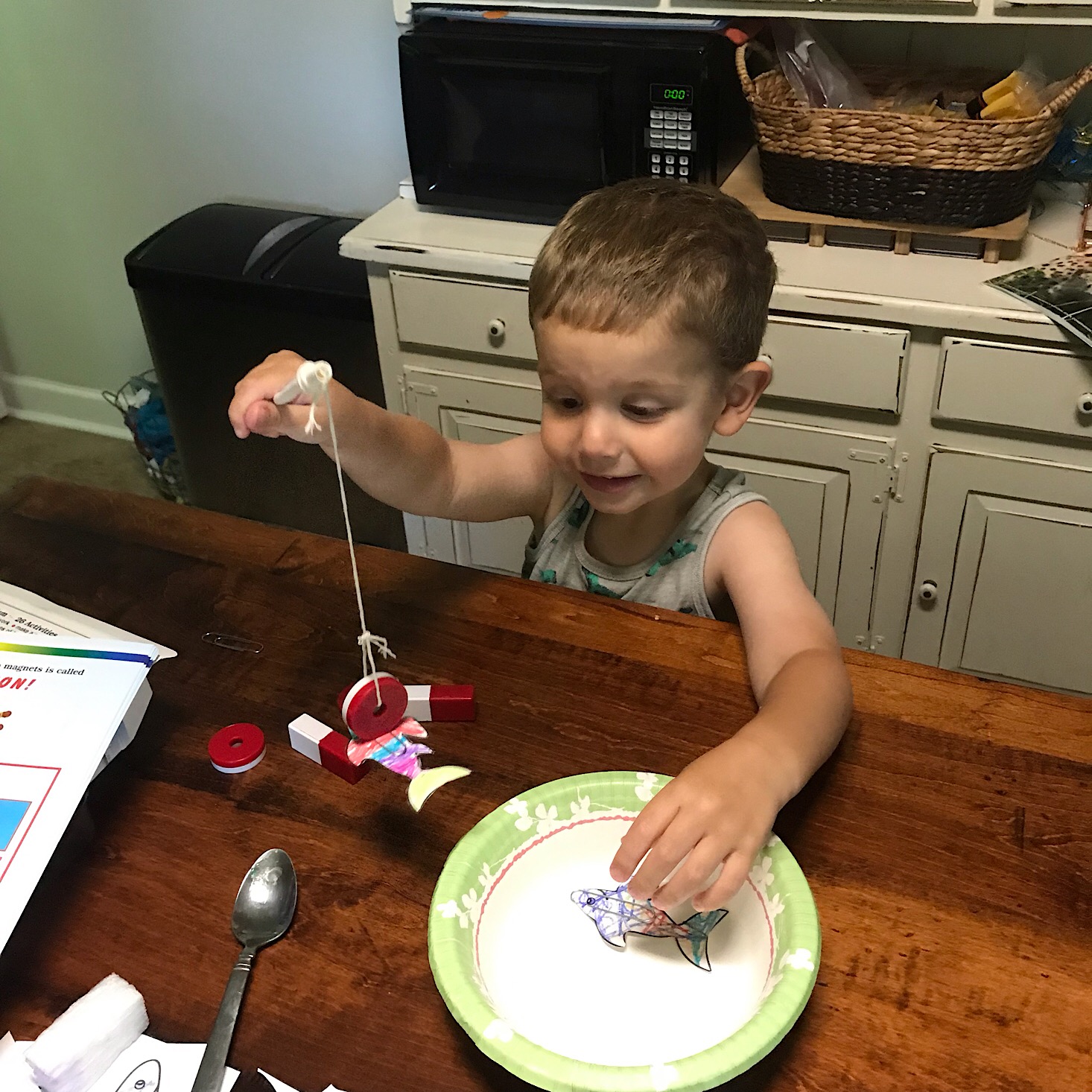
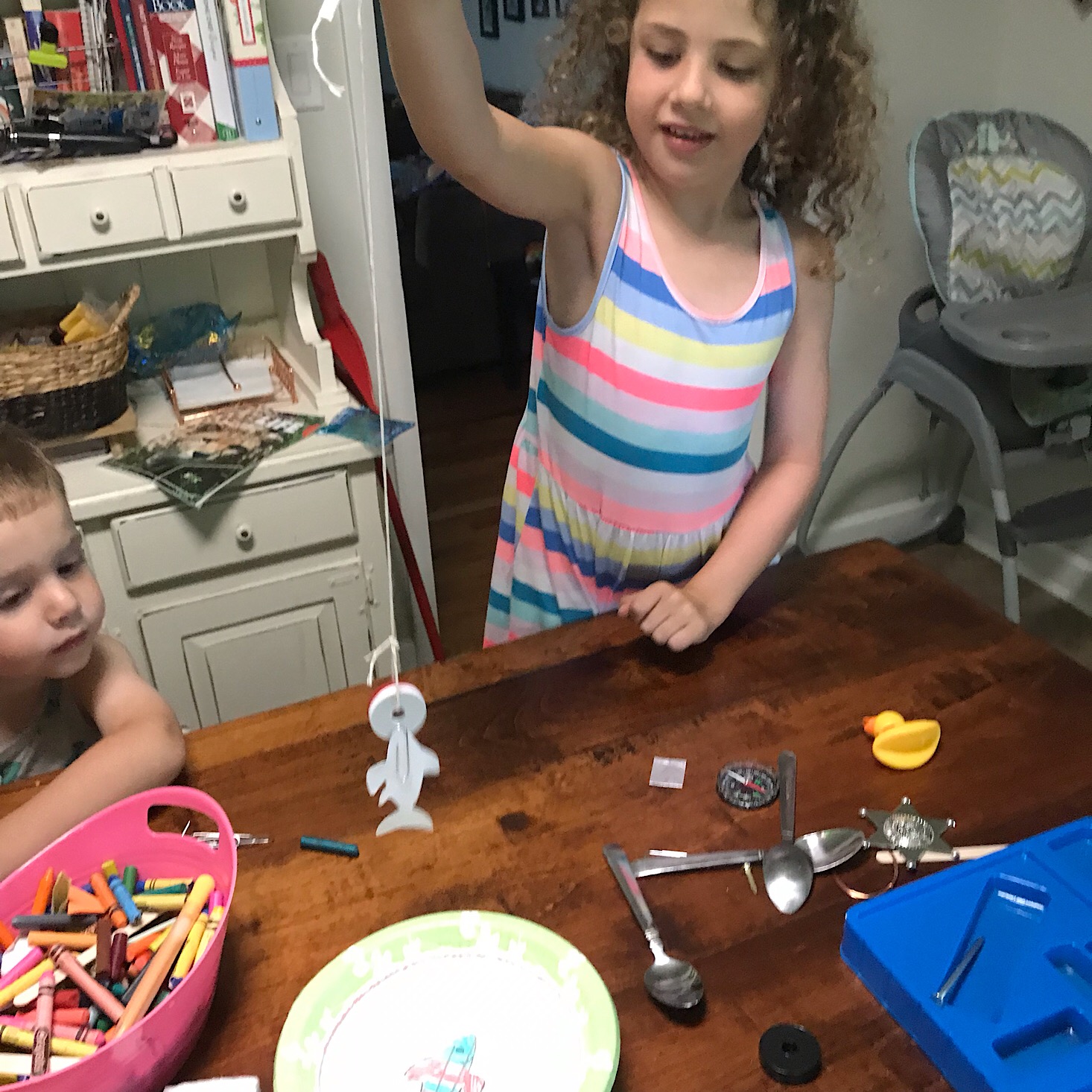
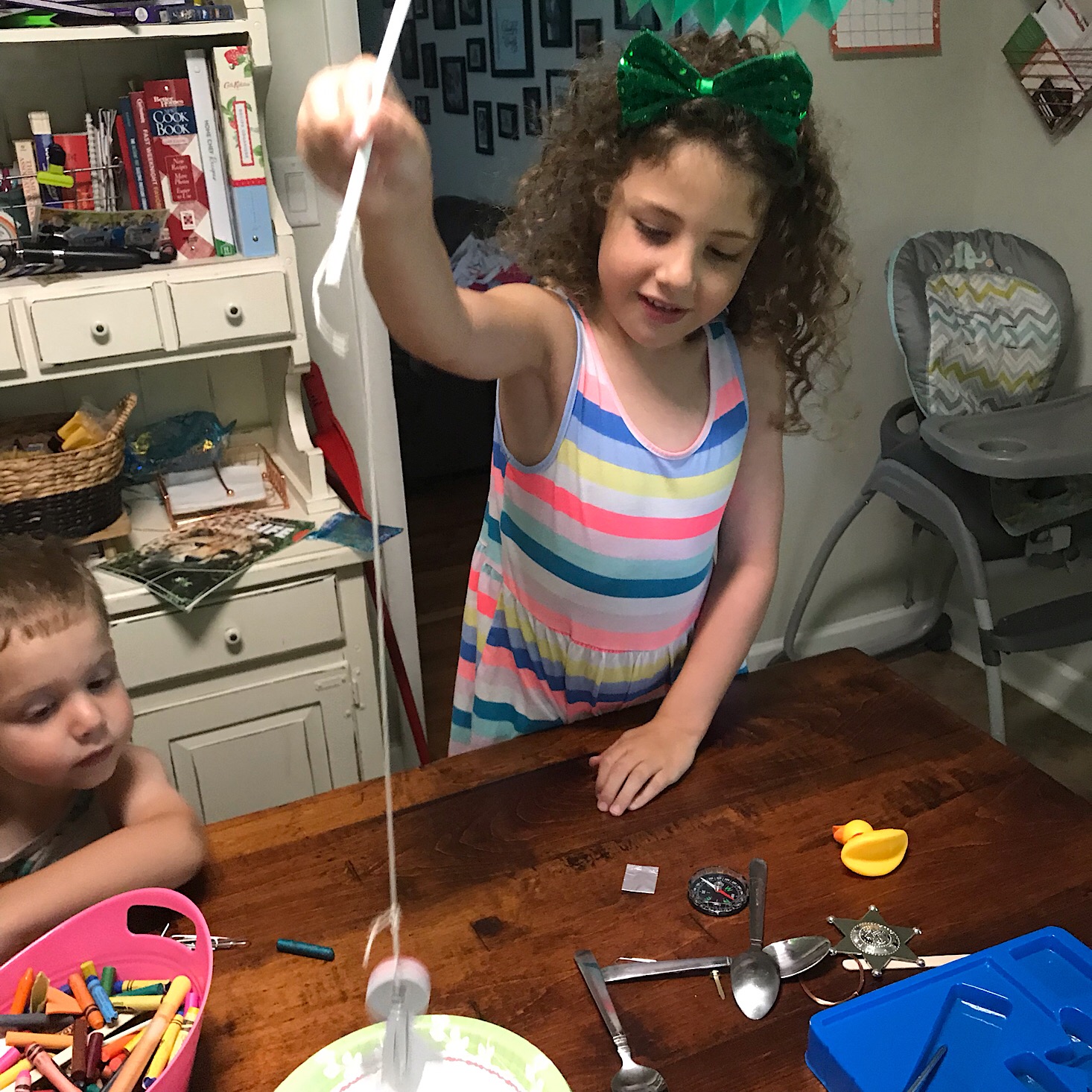









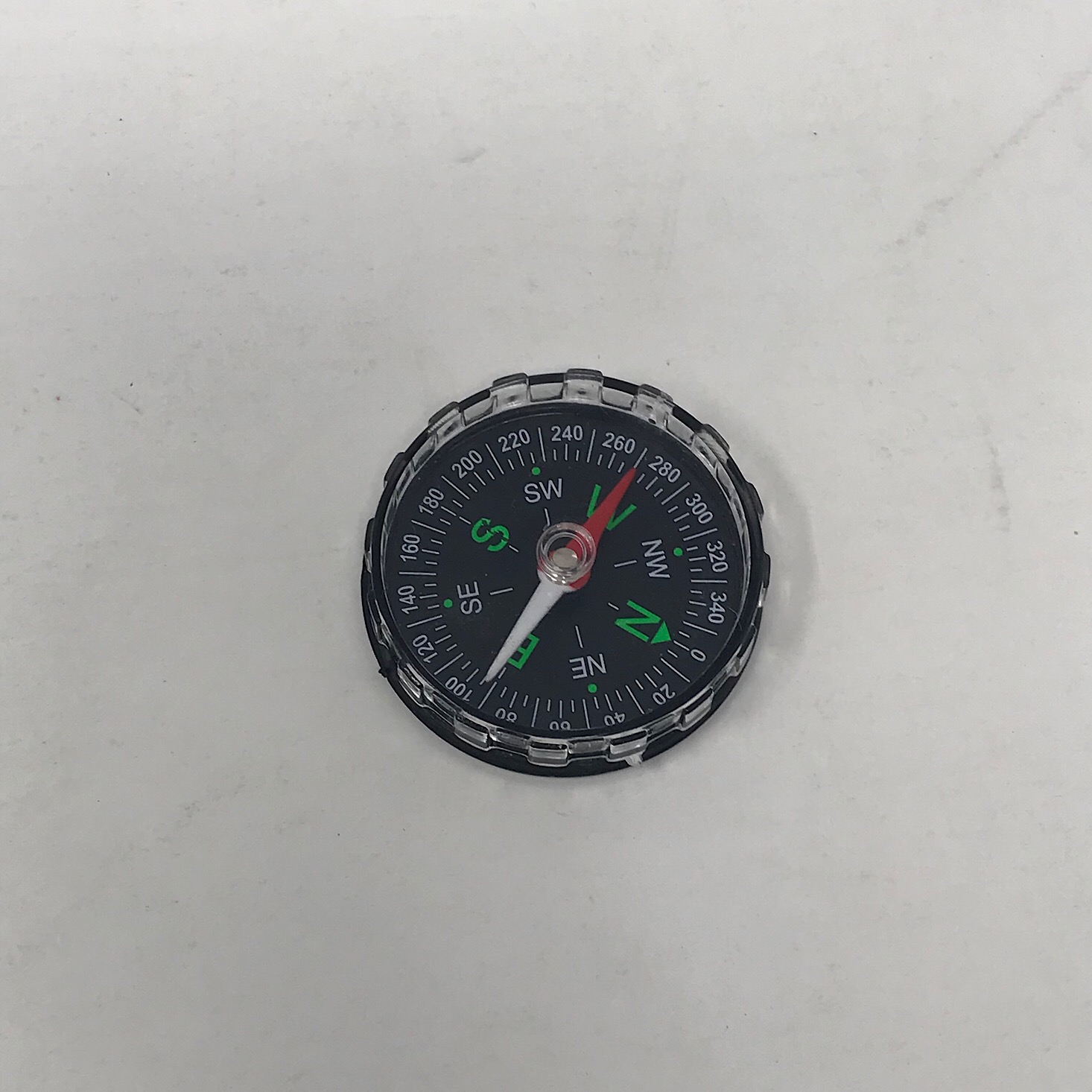




Please do not enter your email address in the Name field or in the comment content. Your email address will not be published. Required fields are marked *. Remember to post with kindness and respect. Comments with offensive language, cruelness to others, etc will not be approved. See our full comment policy here.